

The Voyager missions have been probing the universe since 1977
29 August 2024
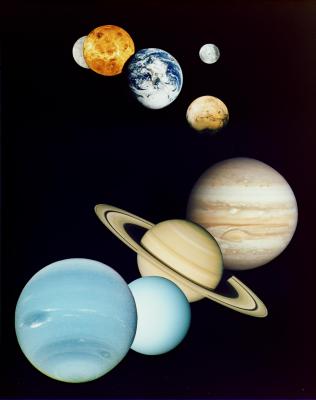
While astronauts have so far only ventured as far as the Moon, robotic explorers have been revolutionising our knowledge of the Solar System since the early 1960s. Among the most significant of these space probes are the Voyager missions, launched in August 1977 to explore the outer planets and still operating today!
The twin Voyager 1 and 2 spacecraft were initially targeted at exploring the planets Jupiter and Saturn. They revealed how dynamic these planets are, with roiling cloud systems and massive cyclonic storms, lightning, auroras and fierce radiation environments. Voyager 1 discovered that Jupiter has a faint ring system, and the two spacecraft unveiled the incredible complexity of Saturn’s glorious ring system, with twists, kinks and shepherd moons that sculpt the shape of the rings.
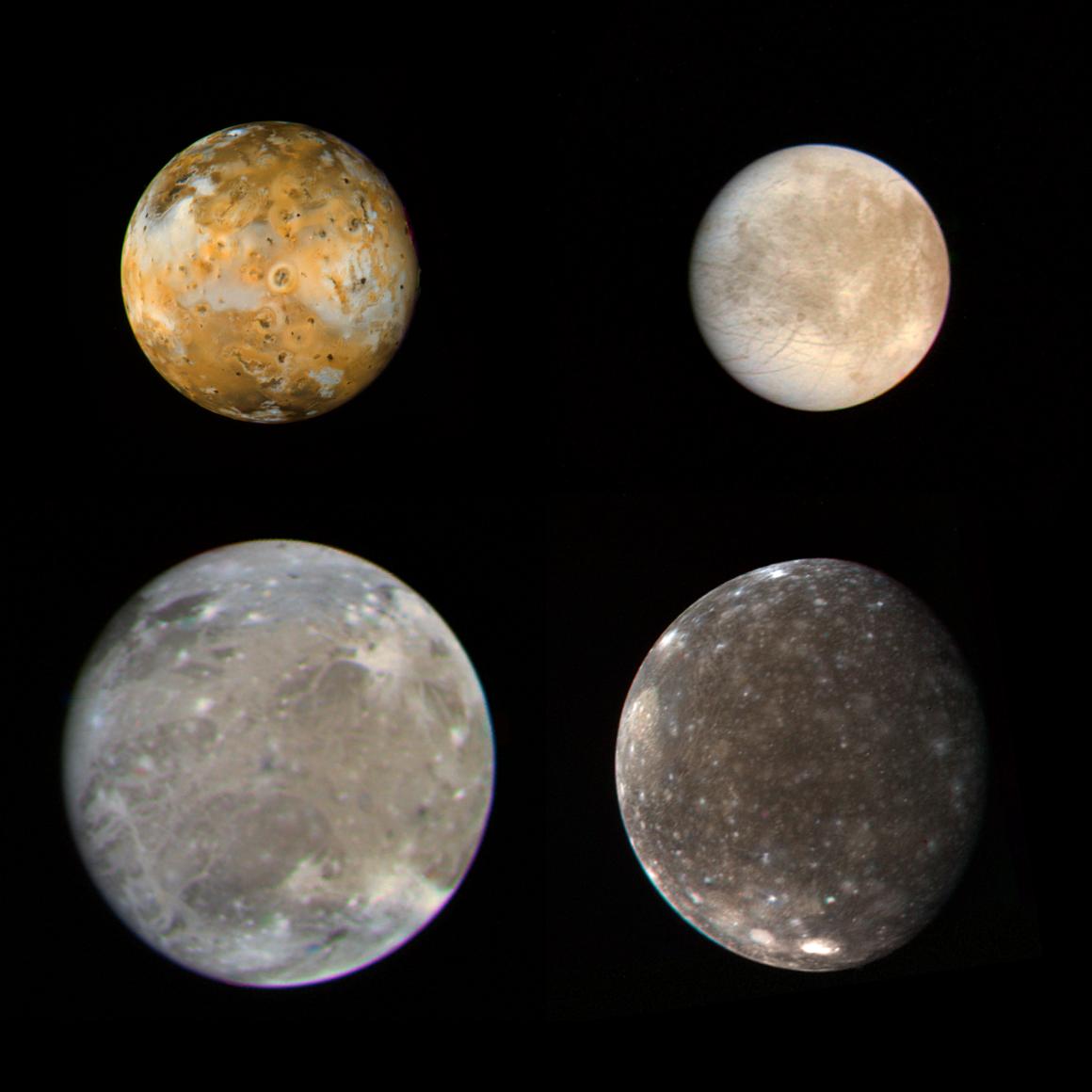
These photos of the four Galilean satellites of Jupiter were taken by Voyager 1 during its approach to the planet in early March 1979. Io (top left), Europa (top right), Ganymede (bottom left) and Callisto (bottom right) are shown in their correct relative sizes: Ganymede and Callisto are both larger than the planet Mercury; Io and Europa are about the same size as the Moon.
Image processing also preserves the relative contrasts of the satellites. Thus it is apparent that Europa has the least contrast; Io the greatest. Io is covered with active volcanoes and a surface composed largely of sulfur. Europa is apparently very different; Voyager 1 did not approach Europa closely enough to show its surface in great detail; that remains for Voyager 2. Ganymede and Callisto are both composed mostly of water and water ice; they have large quantities of ice exposed on their surfaces.
The Io photo was taken from 1.7 million miles (2.9 million kilometers); Europa, 1.7 million miles (2.9 million kilometers); Ganymede, 2 million miles (3.4 million kilometers); and Callisto, 4.1 million miles (6.9 million kilometers). Resolution of all photos except Callisto is about 30 miles (50 kilometers), and for Callisto it is 60 miles (100 kilometers).
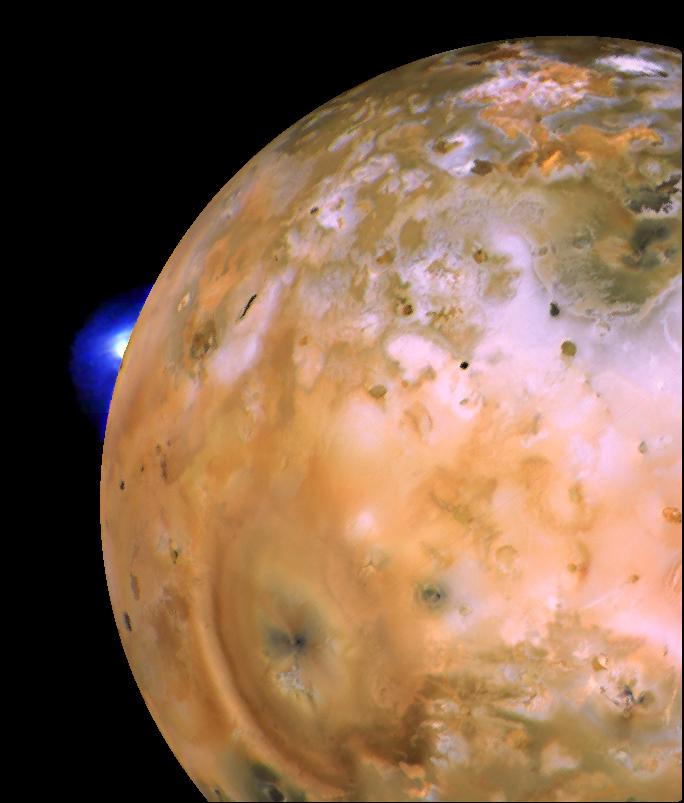
NASA's Voyager 1 image of Io showing active plume of Loki on limb. Heart-shaped feature southeast of Loki consists of fallout deposits from active plume Pele. The images that make up this mosaic were taken from an average distance of approximately 490,000 kilometers (340,000 miles).
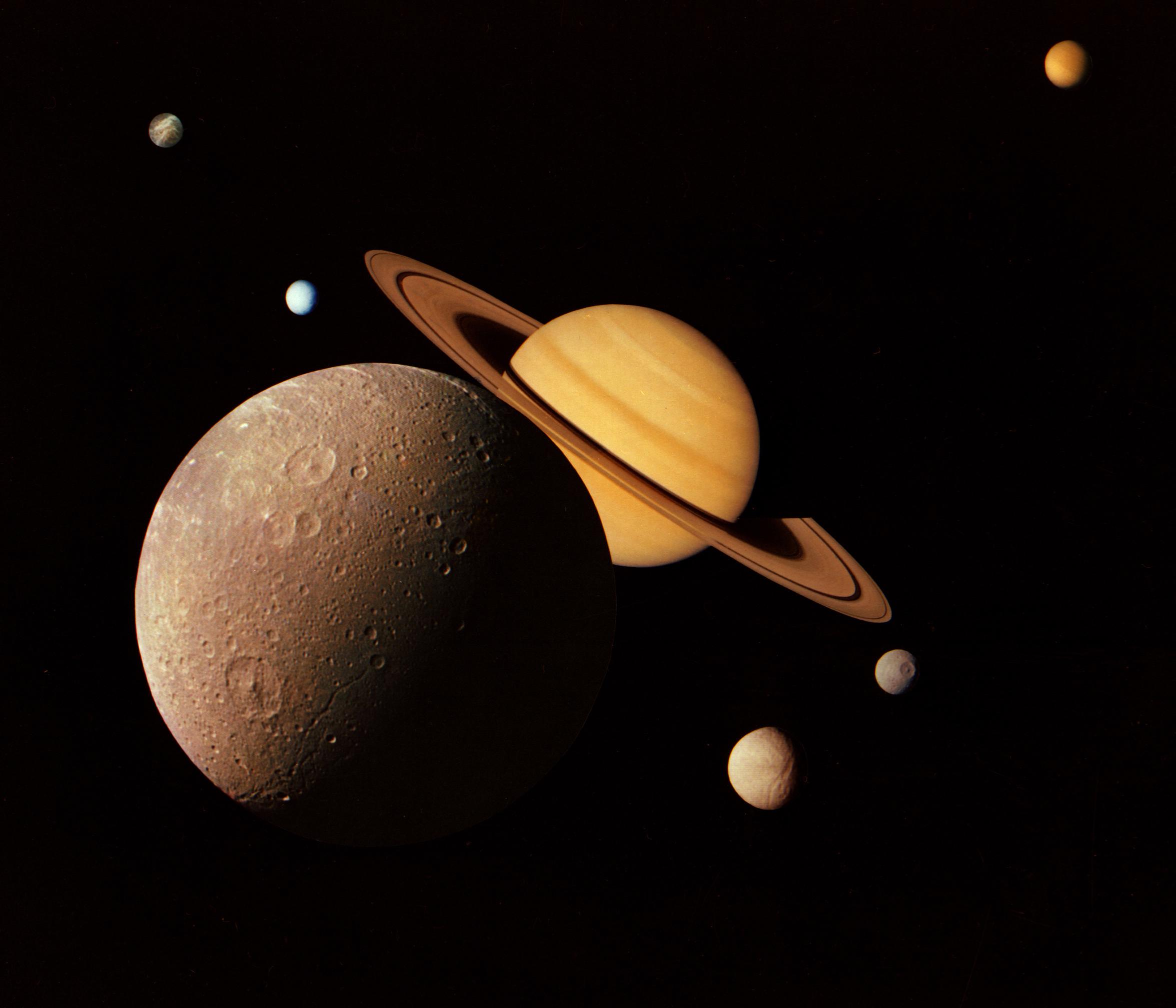
This montage of images of the Saturnian system was prepared from an assemblage of images taken by the Voyager 1 spacecraft during its Saturn encounter in November 1980. This artist's view shows Dione in the forefront, Saturn rising behind, Tethys and Mimas fading in the distance to the right, Enceladus and Rhea off Saturn's rings to the left, and Titan in its distant orbit at the top.
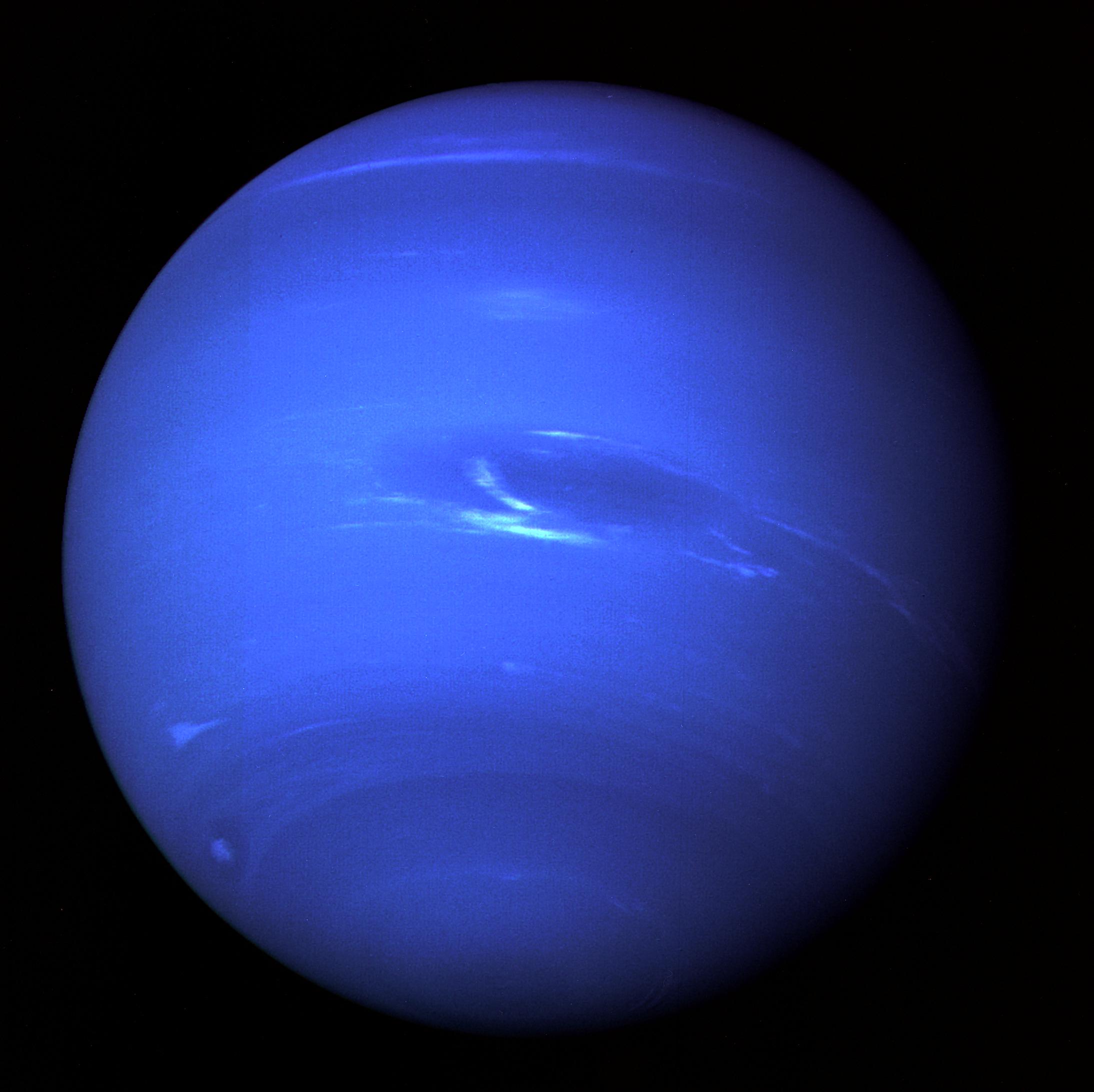
This picture of Neptune was produced from the last whole planet images taken through the green and orange filters on the Voyager 2 narrow angle camera. The images were taken at a range of 4.4 million miles from the planet, 4 days and 20 hours before closest approach.
The picture shows the Great Dark Spot and its companion bright smudge; on the west limb the fast moving bright feature called Scooter and the little dark spot are visible. These clouds were seen to persist for as long as Voyager's cameras could resolve them. North of these, a bright cloud band similar to the south polar streak may be seen.
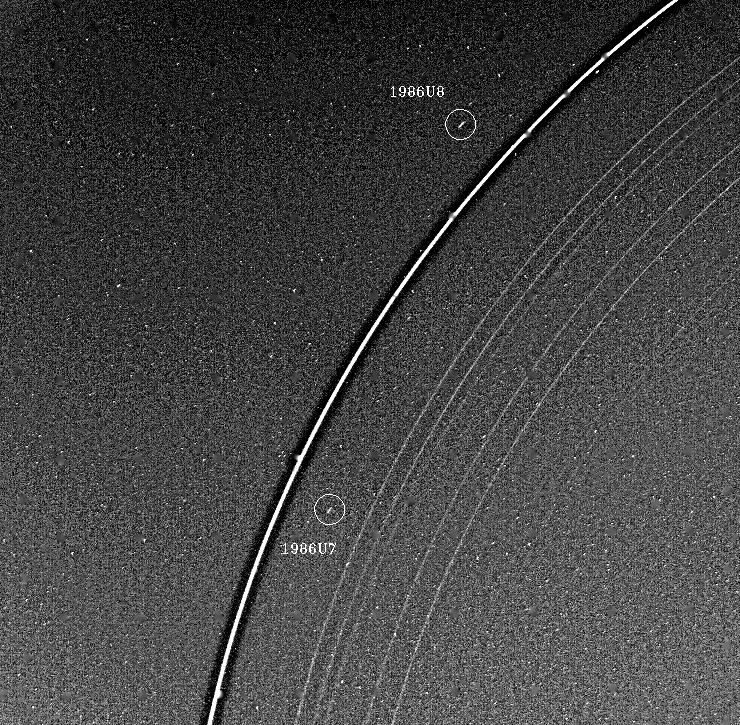
Voyager 2 has discovered two "shepherd" satellites associated with the rings of Uranus. The two moons -- designated 1986U7 and 1986U8 -- are seen here on either side of the bright epsilon ring; all nine of the known Uranian rings are visible. The image was taken Jan. 21, 1986, at a distance of 4.1 million kilometers (2.5 million miles) and resolution of about 36 km (22 mi). The image was processed to enhance narrow features. The epsilon ring appears surrounded by a dark halo as a result of this processing; occasional blips seen on the ring are also artifacts.
Lying inward from the epsilon ring are the delta, gamma and eta rings; then the beta and alpha rings; and finally the barely visible 4, 5 and 6 rings. The rings have been studied since their discovery in 1977, through observations of how they diminish the light of stars they pass in front of. This image is the first direct observation of all nine rings in reflected sunlight. They range in width from about 100 km (60 mi) at the widest part of the epsilon ring to only a few kilometers for most of the others.
The discovery of the two ring moons 1986U7 and 1986U8 is a major advance in our understanding of the structure of the Uranian rings and is in good agreement with theoretical predictions of how these narrow rings are kept from spreading out. Based on likely surface brightness properties, the moons are of roughly 20- and 30-km diameter, respectively.
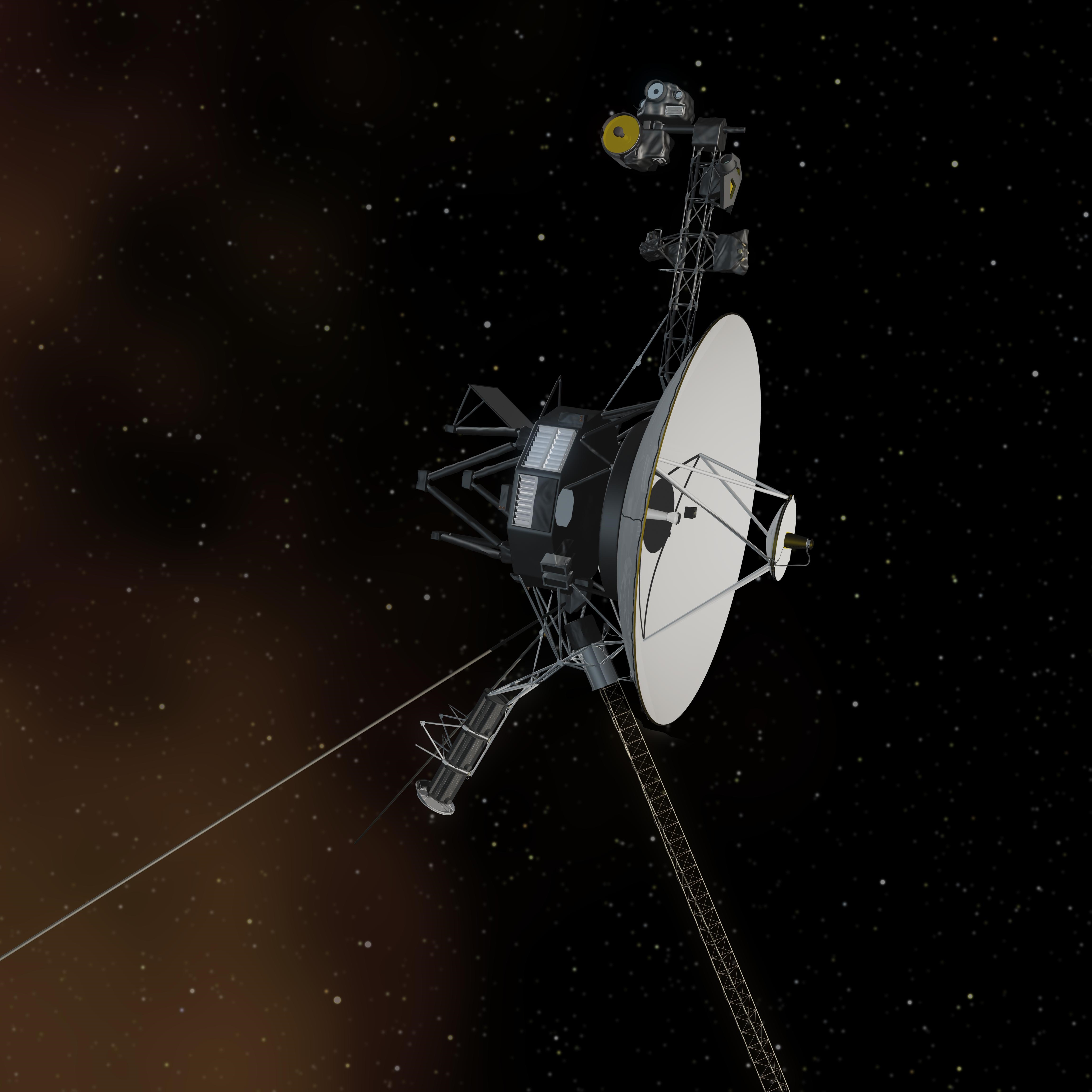
This artist's concept depicts NASA's Voyager 1 spacecraft entering interstellar space, or the space between stars. Interstellar space is dominated by the plasma, or ionized gas, that was ejected by the death of nearby giant stars millions of years ago. The environment inside our solar bubble is dominated by the plasma exhausted by our sun, known as the solar wind.
The interstellar plasma is shown with an orange glow similar to the color seen in visible-light images from NASA's Hubble Space Telescope that show stars in the Orion nebula traveling through interstellar space.
The Voyager spacecraft were built and continue to be operated by NASA's Jet Propulsion Laboratory, in Pasadena, Calif. Caltech manages JPL for NASA. The Voyager missions are a part of NASA's Heliophysics System Observatory, sponsored by the Heliophysics Division of the Science Mission Directorate at NASA Headquarters in Washington.
For more information about Voyager, visit http://www.nasa.gov/voyager and http://voyager.jpl.nasa.gov .
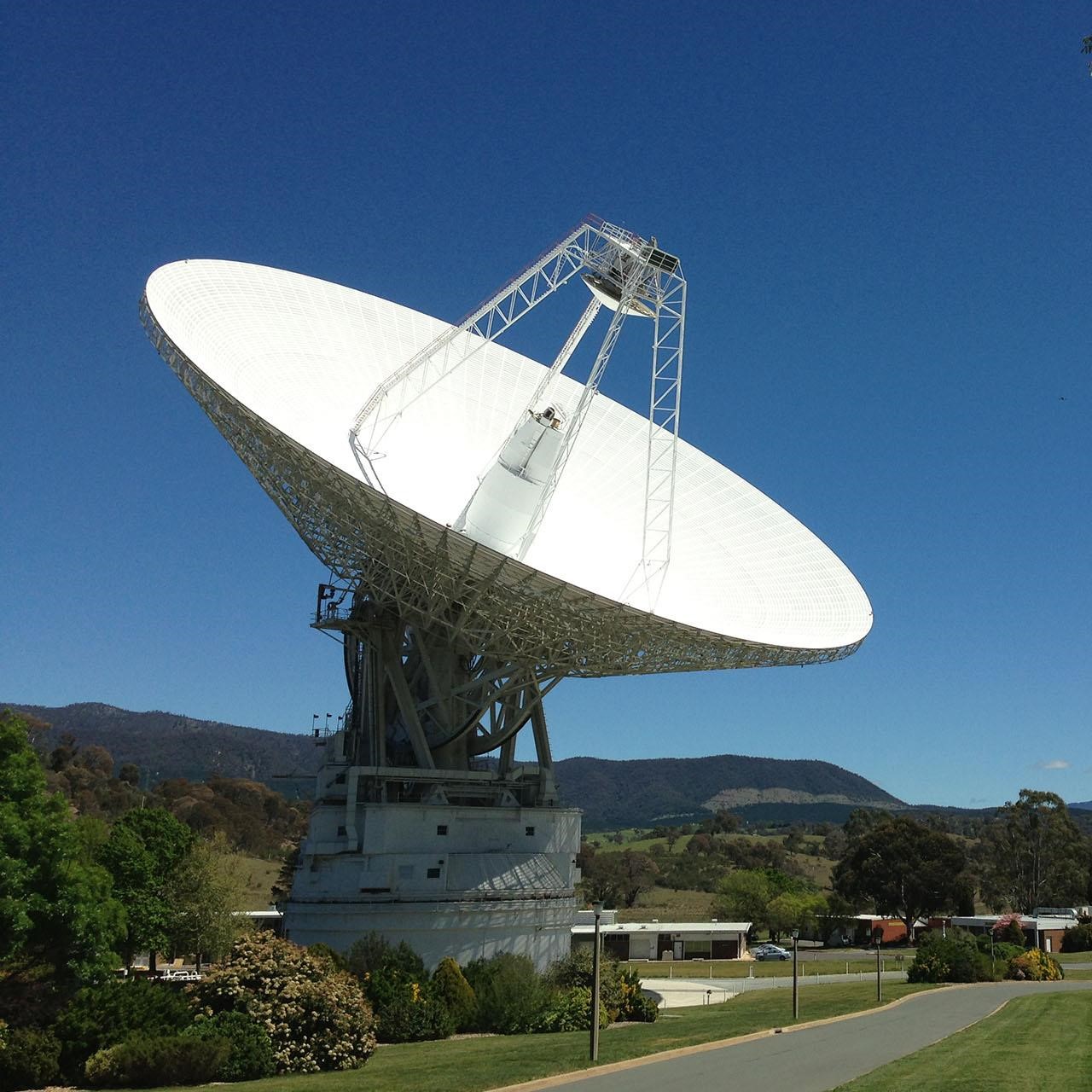
DSS43 is a 70-meter-wide (230-feet-wide) radio antenna at the Deep Space Network's Canberra facility in Australia. It is the only antenna that can send commands to the Voyager 2 spacecraft.
To infinity and beyond
The largest moons of Jupiter and Saturn, just points of light in telescopes on Earth, were revealed to be fascinating worlds in their own right, with a surprising range of surface features. Jupiter’s moon Io was discovered to have several active volcanoes, the first ever found beyond the Earth, while Saturn’s largest moon Titan proved to have a thick atmosphere of nitrogen, methane, and other complex hydrocarbons. Both spacecraft also discovered several new moons around Jupiter and Saturn.
The trajectory requirements of its Titan encounter meant that Voyager 1 could not flyby any other planets, but Voyager 2 continued on to visit both Uranus and Neptune, shedding new light on these distant “gas giants”, which had never before been seen close-up. Discoveries of new rings and moons at both planets, in addition to spectacular photos of already known moons were highlights of these encounters. Neptune’s largest moon, Triton, was found to have nitrogen ice “geysers” on its surface.
Renamed the Voyager Interstellar Mission in 1990, the two spacecraft are now travelling beyond the heliosphere – the giant protective bubble formed around the Sun and its planets by the solar wind. At the beginning of this new phase, Voyager 1, having passed the orbits of Neptune and Pluto, pointed its cameras back toward the Sun and took a series of pictures of the Sun and the planets, which combined to make the first ever 'portrait' of our Solar System as seen from the outside.
Today, both Voyager spacecraft are still in operation, sending back data about conditions in interstellar space from a small number of instruments. But the Voyagers are showing their age and their have been recent problems. However, the two spacecraft could remain within range of the Deep Space Network until around 2036, depending on how much power they still have to transmit a signal back to Earth.
NASA’s Canberra Deep Space Communication Complex has supported the Voyager spacecraft since they were launched and is today the only station that can communicate with Voyager 2. CSIRO’s Parkes radio telescope, Murriyang, has also supported the Voyager encounters with Uranus and Neptune, as well as the Interstellar Mission.
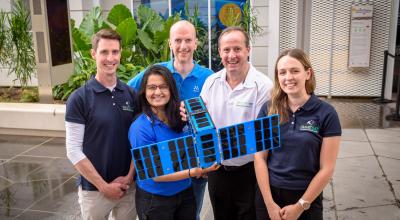
State of the art: local satellites are taking off
In a landmark moment for Australian space, six satellites funded by state and territory governments launched into orbit within a fortnight.
Main image caption:
This is a montage of planetary images taken by spacecraft managed by the Jet Propulsion Laboratory in Pasadena, CA. Included are (from top to bottom) images of Mercury, Venus, Earth (and Moon), Mars, Jupiter, Saturn, Uranus and Neptune. The spacecraft responsible for these images are as follows:
- the Mercury image was taken by Mariner 10,
- the Venus image by Magellan,
- the Earth image by Galileo,
- the Mars image by Viking, and
- the Jupiter, Saturn, Uranus and Neptune images by Voyager.
Credit for all images in this news article: NASA/JPL
Our department recognises the First Peoples of this Nation and their ongoing cultural and spiritual connections to the lands, waters, seas, skies, and communities.
We Acknowledge First Nations Peoples as the Traditional Custodians and Lore Keepers of the oldest living culture and pay respects to their Elders past and present. We extend that respect to all First Nations Peoples.

Space photo of the week: 1st-ever close-up of Neptune is Voyager 2's final portrait of a planet
What it is: One of the final photographs of Neptune taken by NASA's Voyager 2 probe
Where it is: 2.8 billion miles (4.5 billion kilometers) from the sun
When it was taken: Aug. 25, 1989
When it was shared: Aug. 19, 2024
Why it's so special: Only one spacecraft has ever visited the eighth and most distant planet from the sun.
On Aug. 25, 1989, NASA's Voyager 2 spacecraft took the first-ever close-up images of Neptune. This one — among the last full-disk photos taken before the probe ended its "Grand Tour" of the planets — became one of the most iconic. It revealed Neptune as a deep azure blue, which colored the public's perception of the planet for decades. (That is, until a new treatment of Voyager 2's images earlier this year revealed Neptune's true color to be a much lighter blue green.)
Voyager 2's original images were taken in false color using filters — a standard technique used by planetary astronomers. In this case, blue and green filters were used alongside one that passes light at a wavelength absorbed by methane gas. According to scientists , hydrogen and helium dominate Neptune's atmosphere, but methane gives it its blue appearance by absorbing red light. The filters make methane look dark blue in this image, but they also reveal a semitransparent haze layer across the planet. The bright-red edge around Neptune is caused by the haze scattering sunlight at higher altitudes, above most of the methane.
Related: Uranus and Neptune aren't made of what we thought, new study hints
Voyager 2 took this shot almost precisely 12 years after it launched on a Titan-Centaur rocket from Cape Canaveral, Florida. Having visited Jupiter in 1979, Saturn in 1981 and Uranus in 1985, Voyager's closest approach to Neptune came on Aug. 25, 1989. During the flyby, Voyager also visited two of Neptune's moons, Triton and Nereid, and discovered six new moons and four rings .
Because Neptune is about 30 times farther from the sun than Earth is, it gets only a faction of a percent of Earth's sunlight, meaning Voyager 2 had to take long-exposure images. So engineers fired the fast-moving spacecraft's thrusters to have it rotate so the camera could remain focused.
Voyager 2's images from Neptune were its last, sent back as radio signals with 13-watt transmitters — about enough power to run a refrigerator light bulb, according to NASA — and took four hours to travel across the solar system to NASA's Deep Space Network of radio antennae across the world.
Neptune was Voyager 2's last stop before it traveled to the solar system's edge. The probe entered interstellar space on Nov. 5, 2018. Voyager 2 remains NASA's longest-running mission, even after encountering some communication problems last summer.
For more groovy space photos, check out our space photo of the week archives . New stories post every Sunday.

NASA’s Voyager 2 shares 7 incredible photos of Neptune
Nasa’s voyager 2 shares 7 incredible photos of neptune, neptune false color image of haze, view of neptune south pole, neptune in false color, crescents of neptune and triton, dual neptune, neptune scooter.
More From Forbes
Today’s ‘wordle’ #1163 hints, clues and answer for sunday, august 25th.
- Share to Facebook
- Share to Twitter
- Share to Linkedin
How to solve today's Wordle.
Looking for Friday’s Wordle hints, clues and answer? You can find them here:
Since it’s a lazy Sunday, I thought we’d take a walk down history lane before solving today’s Wordle, as we so often do on days such as this. Here are some big, important historical events that took place on August 25th throughout history:
- (1346)Battle of Crécy: On August 25, 1346, the Battle of Crécy took place during the Hundred Years' War between England and France. The English forces, led by King Edward III, achieved a decisive victory over the French, largely due to the effective use of the longbow. This battle marked a turning point in military tactics and had long-lasting implications for medieval warfare.
- (1794) The Whiskey Rebellion: On August 25, 1794, President George Washington ordered the dispatch of troops to suppress the Whiskey Rebellion in western Pennsylvania. The rebellion was a protest against the federal excise tax on whiskey, and Washington’s response was significant as it established the authority of the federal government to enforce its laws.
- (1916) Founding of the National Park Service: The U.S. National Park Service was established on August 25, 1916, by President Woodrow Wilson, following the passage of the Organic Act. This event was pivotal in the conservation movement, setting the stage for the protection of natural and cultural resources across the United States.
- (1944) The Liberation of Paris: During World War II, Paris was liberated from Nazi occupation on August 25, 1944. The French Resistance, along with Allied forces, led a successful uprising against the German occupiers. The event marked a significant turning point in the war, symbolizing the beginning of the end of Nazi control in Western Europe.
- (1944) The Warsaw Uprising: The Warsaw Uprising, a major World War II operation by the Polish resistance Home Army, was ongoing on August 25, 1944. Although the uprising began on August 1, this day marks the ongoing struggle of Polish forces against German occupation. The event is significant for its demonstration of the Polish resistance's determination, despite being heavily outnumbered and under-equipped.
- (1989) Voyager 2's Encounter with Neptune: NASA's Voyager 2 spacecraft made its closest approach to Neptune on August 25, 1989. This was the first and only spacecraft to visit Neptune, providing humanity with its first detailed images and scientific data about the distant planet and its moons. This event marked a significant milestone in space exploration.
Okay, Wordle time!
How To Solve Today’s Wordle
The Hint: On wheels or on ice.
The Clue: This Wordle ends with a vowel.
Okay, spoilers below!
The Answer:
Today's Wordle
Wordle Analysis
Every day I check Wordle Bot to help analyze my guessing game. You can check your Wordles with Wordle Bot right here .
I’m pretty happy with today’s guessing game. TRAIL was a better opening guess than I expected, leaving me with just 36 words to choose from. STAGE set the stage for a decisive victory: only SPATE or SKATE remained. I often guess SPATE for my opening or second guess, so I went with the other word and sure enough, SKATED to victory! Huzzah!
Competitive Wordle Score
I get 1 point for guessing in three and one for beating the Bot, who guessed SPATE on his third guess. Silly Bot, Wordles are for kids! 2 points for me!
How To Play Competitive Wordle
- Guessing in 1 is worth 3 points; guessing in 2 is worth 2 points; guessing in 3 is worth 1 point; guessing in 4 is worth 0 points; guessing in 5 is -1 points; guessing in 6 is -2 points and missing the Wordle is -3 points.
- If you beat your opponent you get 1 point. If you tie, you get 0 points. And if you lose to your opponent, you get -1 point. Add it up to get your score. Keep a daily running score or just play for a new score each day.
- Fridays are 2XP, meaning you double your points—positive or negative.
- You can keep a running tally or just play day-by-day. Enjoy!
Today’s Wordle Etymology
The word "skate" has a somewhat complex etymology, as it can refer to both the act of skating (as in ice skating or roller skating) and the fish known as a skate. Here's a breakdown of its origins:
1. Skating (Verb and Noun)
The verb "to skate," meaning to glide on ice or another surface using skates, comes from the Dutch word "schaats" (plural "schaatsen" ), which means "stilt" or "skate." The Dutch term is related to the Old French word "escache," meaning "stilt" or "skate."
- The word was adopted into English in the late 17th century, around the time when ice skating became popular in Northern Europe. The development of the word in English likely reflects the influence of Dutch and Flemish culture on English-speaking regions, particularly during the period when the Dutch had significant influence in England.
2. Skate (Fish)
The word "skate," referring to the flat, cartilaginous fish, comes from the Old Norse word "skáta," which was likely borrowed into Middle English from Old Norse around the 14th century. The word may be related to the Icelandic "skata" or the Danish "skate," both of which refer to the same type of fish.
Be sure to check out my blog for my daily Wordle and Strands guides as well as all my other writing about TV shows, streaming guides, movie reviews, video game coverage and much more. Thanks for stopping by!
Oh, and I’ve started a book-themed Instagram page that’s just getting off the ground if anyone wants to follow me there.

- Editorial Standards
- Reprints & Permissions
Join The Conversation
One Community. Many Voices. Create a free account to share your thoughts.
Forbes Community Guidelines
Our community is about connecting people through open and thoughtful conversations. We want our readers to share their views and exchange ideas and facts in a safe space.
In order to do so, please follow the posting rules in our site's Terms of Service. We've summarized some of those key rules below. Simply put, keep it civil.
Your post will be rejected if we notice that it seems to contain:
- False or intentionally out-of-context or misleading information
- Insults, profanity, incoherent, obscene or inflammatory language or threats of any kind
- Attacks on the identity of other commenters or the article's author
- Content that otherwise violates our site's terms.
User accounts will be blocked if we notice or believe that users are engaged in:
- Continuous attempts to re-post comments that have been previously moderated/rejected
- Racist, sexist, homophobic or other discriminatory comments
- Attempts or tactics that put the site security at risk
- Actions that otherwise violate our site's terms.
So, how can you be a power user?
- Stay on topic and share your insights
- Feel free to be clear and thoughtful to get your point across
- ‘Like’ or ‘Dislike’ to show your point of view.
- Protect your community.
- Use the report tool to alert us when someone breaks the rules.
Thanks for reading our community guidelines. Please read the full list of posting rules found in our site's Terms of Service.
Uranus and Neptune are actually similar blues, 'true' color images reveal
"Although the familiar Voyager 2 images of Uranus were published in a form closer to 'true' color, those of Neptune were, in fact, stretched and enhanced, and therefore made artificially too blue."

In the summer of 1989, from a remote expanse of our solar system where sunlight is merely a tepid glow, NASA's Voyager 2 spacecraft radioed to Earth humankind's very first images of Neptune. The pictures revealed the sun's outermost planet was a stunning, deep blue orb. In contrast, Uranus, Neptune's planetary neighbor and the first to be discovered with a telescope, appeared noticeably paler.
Both seemingly twin worlds have a lot in common. They're roughly the same size, almost equally massive and are both enveloped with deep atmospheres made of similar materials. So why were the two orbs different shades of blue? This is a question that has puzzled scientists for decades.
Now, however, a fresh analysis of Voyager 2's images show both ice giants are in fact a similar shade of greenish blue, which is the "most accurate representation yet" of the planets' colors, the new study finds.
Related: The rings of Uranus look positively festive in epic James Webb Space Telescope holiday photo
How could we miss this?
Back in the late 1900s, the images Voyager 2 recorded of Uranus and Neptune were in single colors combined to create composite images that showed the planets to be cyan and azure, respectively. While Uranus' published pictures were processed close to its true color, early Neptune images had been "stretched and enhanced" to display its clouds, bands and winds, "and therefore made artificially too blue," study lead author Patrick Irwin, a planetary physicist at the Oxford University in the U.K., said in a statement .
"Even though the artificially-saturated color was known at the time amongst planetary scientists — and the images were released with captions explaining it — that distinction had become lost over time."
To resolve the misconception, Irwin and colleagues used new images from NASA's Hubble Space Telescope and European Space Agency's Very Large Telescope, whose instruments capture a rich spectrum of colors in each pixel, so processing them determined the "true apparent colors" of Uranus and Neptune.
Get the Space.com Newsletter
Breaking space news, the latest updates on rocket launches, skywatching events and more!
Then, the team revisited Voyager 2's images and rebalanced them in line with the new data, showing both planets are actually similar shades of blue. The color comes from a layer of methane in the planets' atmospheres, which absorbs red color from the sun's light.
Uranus is slightly whiter, the new study finds, possibly because its somewhat "stagnant, sluggish" atmosphere permits the methane haze to accumulate, which reflects red portions of sunlight to a greater extent than Neptune does.
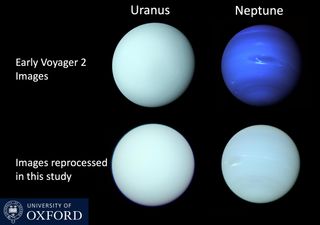
The presence of amassed methane ice particles may also explain why Uranus changes its color slightly during its 84-year orbit around the sun. Images recorded between 1950 and 2016 by the Lowell Observatory in Arizona show the planet appears greener during its solstices — when one of its poles points toward the sun — and bluer during equinoxes , when the sun shines directly above its equator.
— In the quest to find alien life, scientists are searching for extrasolar Earth-Jupiter duos
— Infrared aurora on Uranus confirmed for the 1st time
— James Webb Space Telescope spots jet stream on Jupiter stronger than a Category 5 hurricane
By comparing brightness of Uranus' poles to its equatorial regions in these images, Irwin and his team concluded methane is likely half as abundant near poles than at the equator, which accounts for the changing colors.
"The misperception of Neptune's color, as well as the unusual color changes of Uranus, have bedeviled us for decades," said Heidi Hammel of the Association of Universities for Research in Astronomy, who is not affiliated with the new study. "This comprehensive study should finally put both issues to rest."
This research is described in a paper published Thursday (Jan. 4) in the journal Monthly Notices of the Royal Astronomical Society.
Join our Space Forums to keep talking space on the latest missions, night sky and more! And if you have a news tip, correction or comment, let us know at: [email protected].
Sharmila Kuthunur is a Seattle-based science journalist covering astronomy, astrophysics and space exploration. Follow her on X @skuthunur.
Weird mystery waves that baffle scientists may be 'everywhere' inside Earth's mantle
No, NASA's DART asteroid impact probably won't spark meteor showers on Earth — but maybe on Mars
Best Alien comic books of all time
Most Popular
- 2 Weird mystery waves that baffle scientists may be 'everywhere' inside Earth's mantle
- 3 Astrophotographer captures Comet 13P/Olbers and the Black Eye Galaxy M64 in stunning detail (photo)
- 4 SpaceX launches back-to-back Falcon 9 rockets within 65 minutes and aces 2 landings days after a failed booster touchdown (video)
- 5 Rocket Lab's Mars probes reach launch site ahead of 1st flight on Blue Origin New Glenn rocket (photos)

Voyager 1 and 2
Images voyager took.
The Voyager 1 and 2 spacecraft explored Jupiter, Saturn, Uranus and Neptune before starting their journey toward interstellar space. Here you'll find some of those iconic images, including "The Pale Blue Dot" - famously described by Carl Sagan - and what are still the only up-close images of Uranus and Neptune.
Pale Blue Dot
The Pale Blue Dot is an iconic photograph of Earth taken on Feb. 14, 1990, by NASA’s Voyager 1 spacecraft.
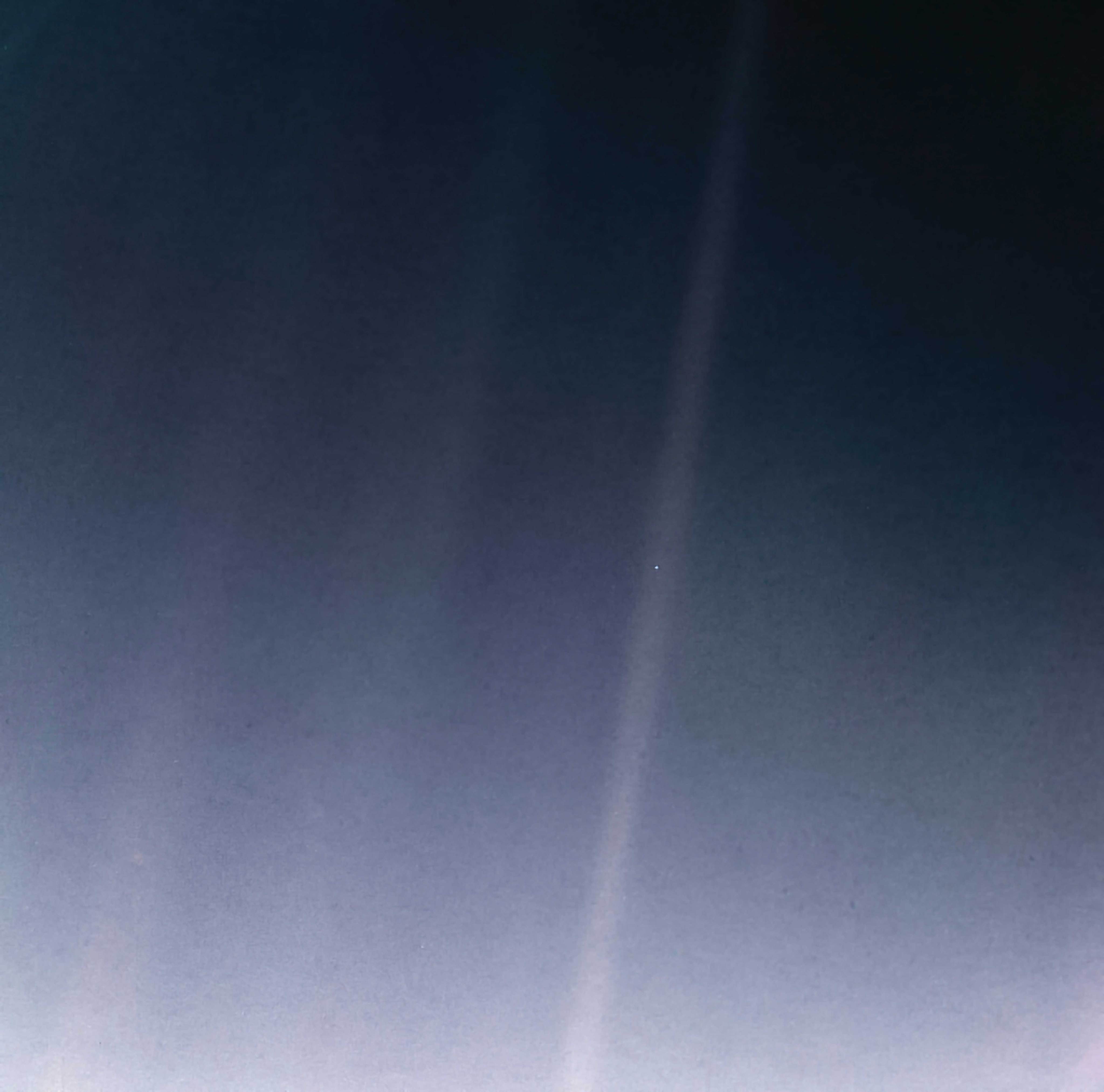
Photography of Jupiter began in January 1979, when images of the brightly banded planet already exceeded the best taken from Earth.
Voyager at Jupiter
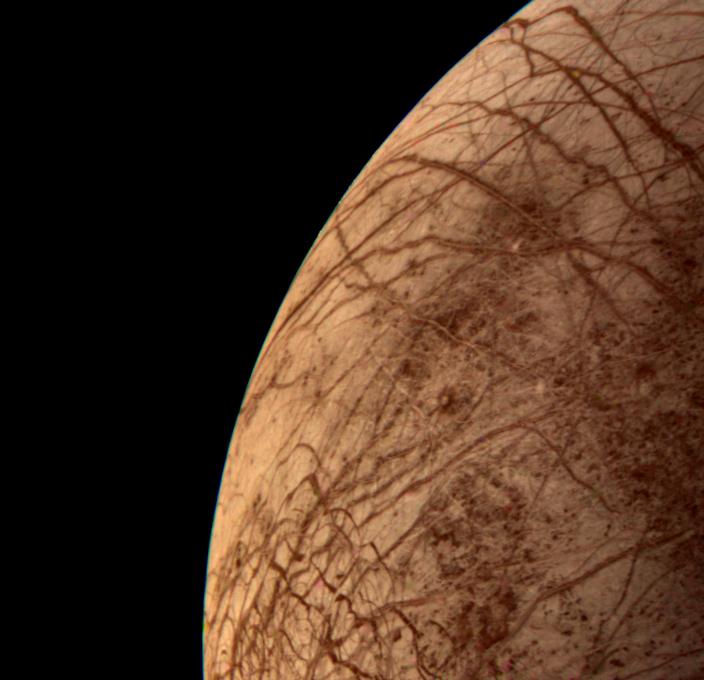
The Voyager 1 and 2 Saturn encounters occurred nine months apart, in November 1980 and August 1981.
Voyager at Saturn
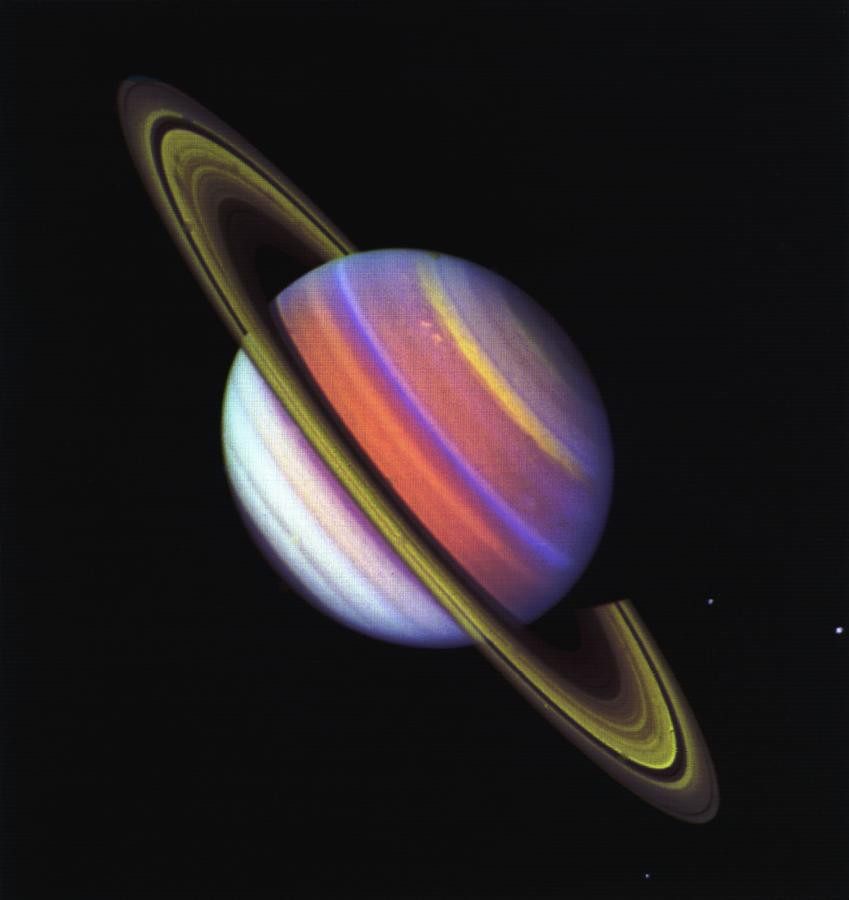
Voyager 2 spacecraft flew past distant Uranus, the seventh planet from the Sun, in January 1986.
Voyager at Uranus
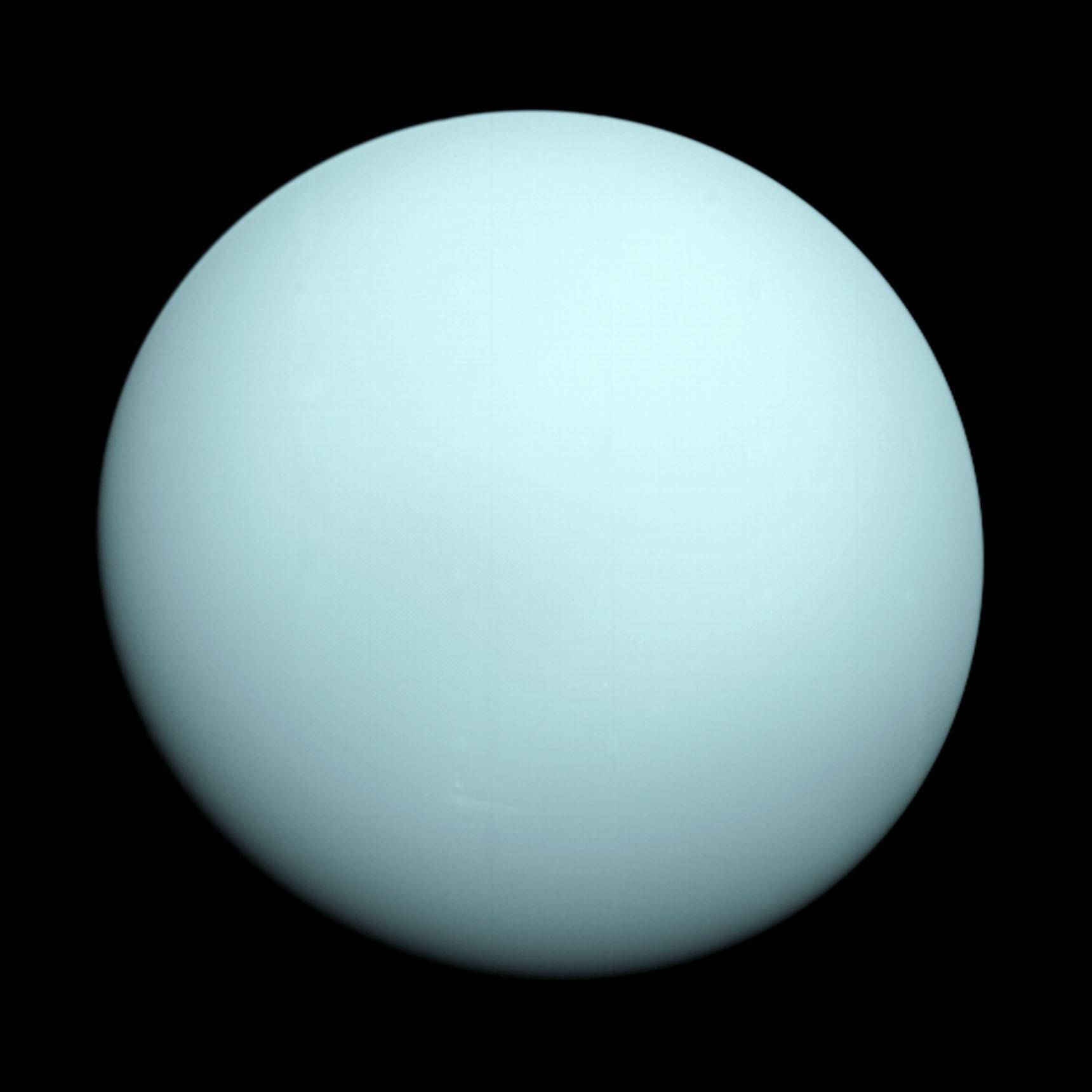
In the summer of 1989, NASA's Voyager 2 became the first spacecraft to observe the planet Neptune up close, its final planetary target.
Voyager at Neptune
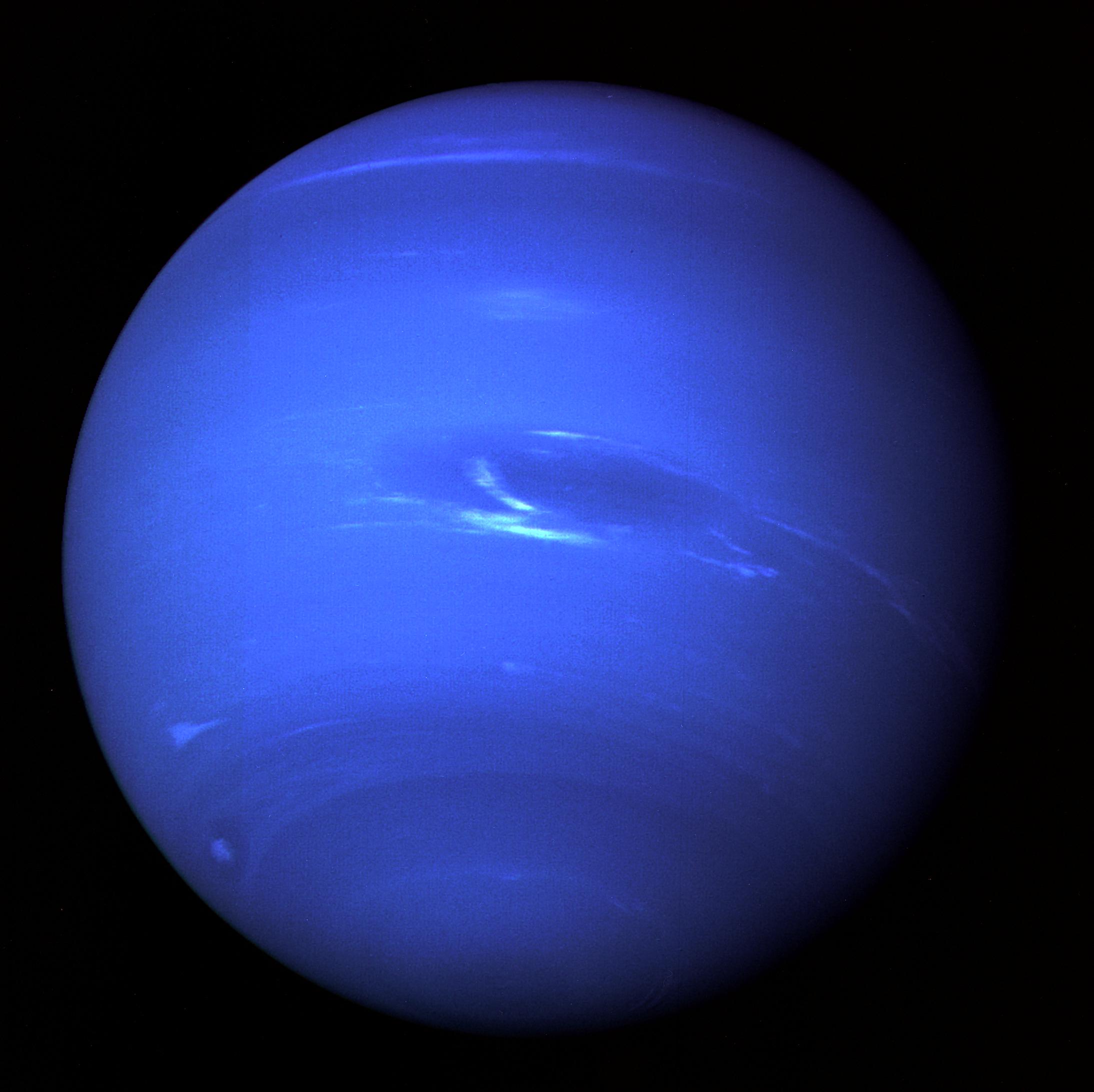
Solar System Family Portrait
This narrow-angle color image of the Earth, dubbed 'Pale Blue Dot', is a part of the first ever 'portrait' of the solar system taken by Voyager 1.
Discover More Topics From NASA


Iconic Image
Voyager 1's pale blue dot.
This iconic image of the Earth, dubbed 'Pale Blue Dot', is a part of the first ever 'portrait' of the solar system taken by Voyager 1.
What is the Pale Blue Dot?
The Pale Blue Dot is an iconic photograph of Earth taken on Feb. 14, 1990, by NASA’s Voyager 1 spacecraft.

Voyager 1 was speeding out of the solar system — beyond Neptune and about 3.7 billion miles (6 billion kilometers) from the Sun — when mission managers commanded it to look back toward home for a final time. It snapped a series of 60 images that were used to create the first “family portrait” of our solar system.
The picture that would become known as the Pale Blue Dot shows Earth within a scattered ray of sunlight. Voyager 1 was so far away that — from its vantage point — Earth was just a point of light about a pixel in size.
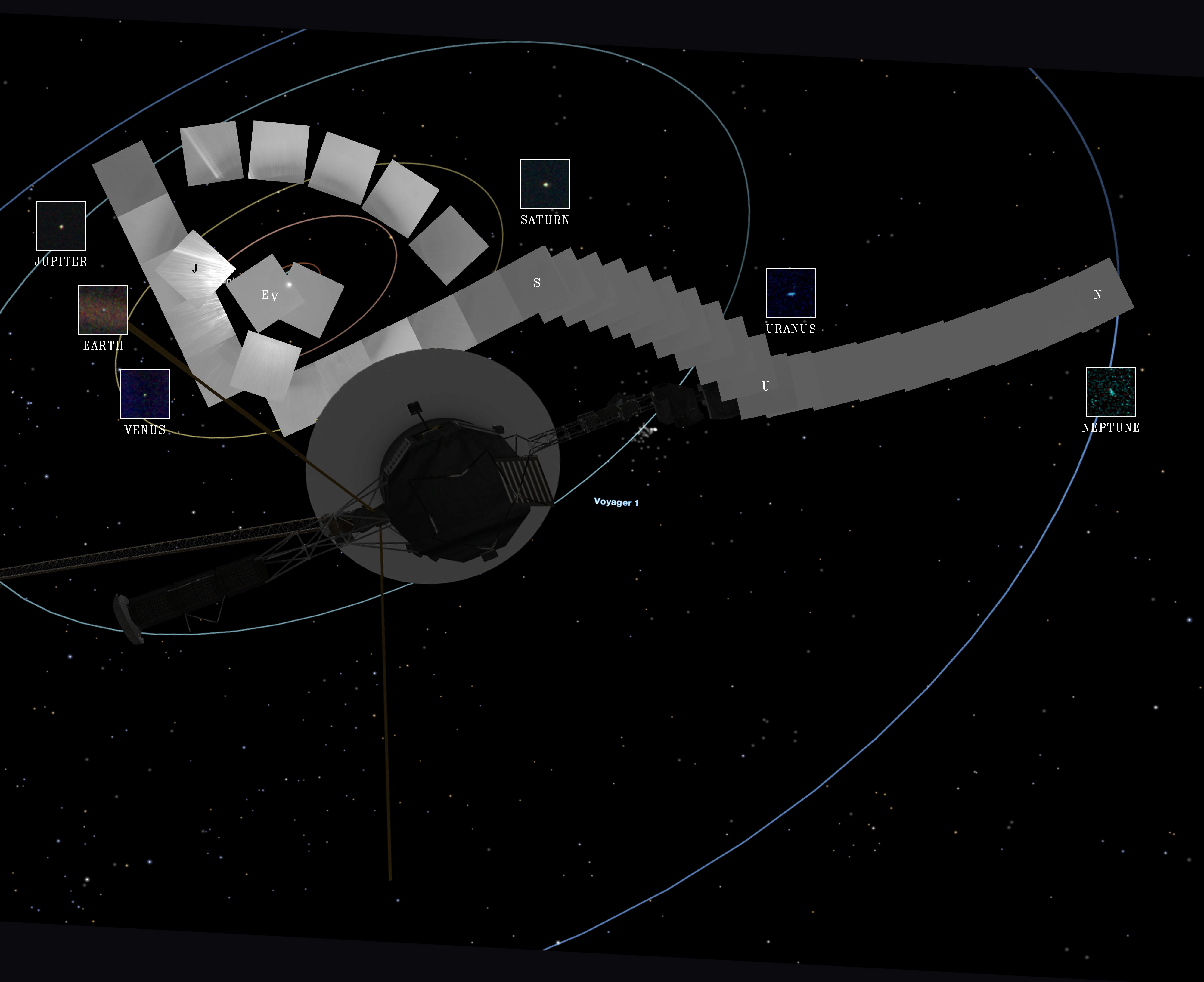
The Family Portrait
In addition to Earth, Voyager 1 captured images of Neptune, Uranus, Saturn, Jupiter, and Venus. A few key members didn’t show up in the shot: Mars was obscured by scattered sunlight bouncing around in the camera, Mercury was too close to the Sun, and dwarf planet Pluto was too tiny, too far away and too dark to be detected.
The images gave humans an awe-inspiring and unprecedented view of their home world and its neighbors. Like Earth, each planet appears as just a speck of light (Uranus and Neptune appear elongated due to spacecraft motion during their 15-second camera exposures).
Finding a way to display the images and capture the sheer scale of Voyager’s accomplishment proved challenging. NASA’s Jet Propulsion Laboratory — which built and manages the Voyager probes — mounted the entire mosaic on a wall in its Theodore von Kármán Auditorium and it covered over 20 feet.
Members of the Voyager imaging team said in a 2019 research paper that the image of Earth had to be replaced often because so many people touched it.
The family portrait remains the first and only time a spacecraft has attempted to photograph our home solar system. Only three spacecraft have been capable of making such an observation from such a distance: Voyager 1, Voyager 2 and New Horizons.
Sagan’s Dream Shot
Sagan played a leading role in the U.S. space program. The prominent planetary scientist was a consultant and adviser to NASA beginning in the 1950s. He briefed the Apollo astronauts before their flights to the Moon.
In his role as a visiting scientist at JPL, Sagan helped design and manage the Mariner 2 mission to Venus; the Mariner 9, Viking 1 and Viking 2 trips to Mars; the Voyager 1 and Voyager 2 missions to the outer solar system and the Galileo mission to Jupiter.
Sagan also was a member of the Voyager Imaging Team. He had the original idea in 1981 to use the cameras on one of the two Voyager spacecraft to image Earth. He realized that because the spacecraft were so far away the images might not show much. This was precisely why Sagan and other members of the Voyager team felt the images were needed — they wanted humanity to see Earth’s vulnerability and that our home world is just a tiny, fragile speck in the cosmic ocean.
On Feb. 13, 1990, Voyager 1 warmed up its cameras for three hours. Then the spacecraft’s science platform was pointed at Neptune and the observations began.
After Neptune, it took images of Uranus, Saturn, Mars, the Sun, and then Jupiter, Earth and Venus. The Earth images were taken at 04:48 GMT on Feb. 14, 1990, just 34 minutes before Voyager 1 powered off its cameras forever.
It took until May 1, 1990 — and four separate communications passes with NASA's Deep Space Network — for all the image data to finally arrive back on Earth. Voyager 1 had captured images of six of the seven planets targeted as well as the Sun.
About the Photographer
Voyager 1 was launched Sept. 5, 1977, just days after its twin — Voyager 2 — on Aug. 20. Because it was on a faster route to the mission's first encounter, at Jupiter, Voyager 1 overtook Voyager 2 on Dec. 15, 1977. (This was the reason for the order of their naming.)
Voyager 1 flew past Jupiter on March 5, 1979, and Saturn on Nov. 12, 1980.
After snapping the Pale Blue Dot and other “family photos,” — at 05:22 GMT, Feb. 14, 1990 — Voyager 1 powered off its cameras forever. Mission planners wanted to save its energy for the long journey ahead.
In August 2012, Voyager 1 entered interstellar space . It’s now the most distant human-made object ever.
The image was processed by JPL engineer and image processing enthusiast Kevin M. Gill with input from two of the image's original planners, Candy Hansen and William Kosmann.
Pale Blue Dot - Original (1990)
Apr 10, 2024
tiff (4.32 MB)
Pale Blue Dot - Revisited (2020)
tiff (29.85 MB)
Pale Blue Dot - Poster
zip (40.23 MB)
share this!
August 26, 2014
Image: 25 years ago, Voyager 2 captured images of Neptune
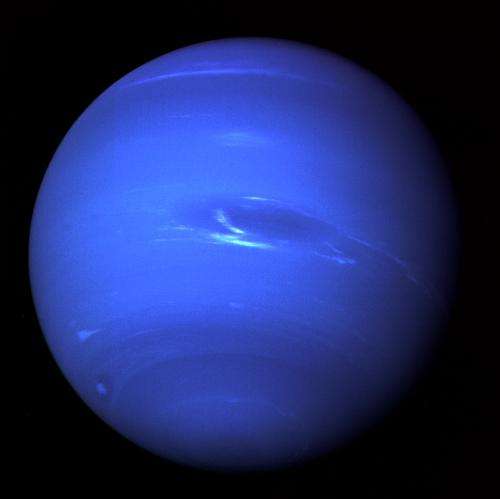
NASA's Voyager 2 spacecraft gave humanity its first glimpse of Neptune and its moon Triton in the summer of 1989. This picture of Neptune was produced from the last whole planet images taken through the green and orange filters on the Voyager 2 narrow angle camera.
The images were taken on Aug. 20, 1989, at a range of 4.4 million miles from the planet, 4 days and 20 hours before closest approach on Aug. 25. The picture shows the Great Dark Spot and its companion bright smudge; on the west limb the fast moving bright feature called "Scooter" and the little dark spot are visible. These clouds were seen to persist for as long as Voyager's cameras could resolve them. North of these, a bright cloud band similar to the south polar streak may be seen.
In the summer of 2015, another NASA mission to the farthest zone of the solar system, New Horizons, will make a historic first close-up study of Pluto. Although a fast flyby, New Horizons' Pluto encounter on July 14, 2015, will not be a replay of Voyager but more of a sequel and a reboot, with a new and more technologically advanced spacecraft and, more importantly, a new cast of characters. Those characters are Pluto and its family of five known moons, all of which will be seen up close for the first time next summer.
Provided by NASA
Explore further
Feedback to editors

Data from space probes show that Alfvén waves drive the acceleration and heating of the solar wind
Aug 31, 2024

Saturday Citations: Corn sweat! Nanoplastics! Plus: Massive objects in your area are dragging spacetime

How fruit flies use internal representations of head direction to support goal-directed navigation

Study finds RNA molecule controls butterfly wing coloration

Doughnut-shaped region found inside Earth's core deepens understanding of planet's magnetic field
Aug 30, 2024

Study combines data and molecular simulations to accelerate drug discovery

Biodiversity loss: Many students of environment-related subjects are partly unaware of the causes

How stressed are you? Nanoparticles pave the way for home stress testing

Researchers identify genes for low glycemic index and high protein in rice

New discoveries about how mosquitoes mate may help the fight against malaria
Relevant physicsforums posts, our beautiful universe - photos and videos, j0524-0336, surprisingly high li concentration, can there be free electrons in interstellar gas.
Aug 26, 2024
Rock on Mars possibly indicating Life
Does modified gravity somehow explain galaxies that don't need it.
Aug 25, 2024
Regarding the accuracy of the description of a pulsar in a 1977 paper
Aug 24, 2024
More from Astronomy and Astrophysics

Related Stories

Voyager map details Neptune's strange moon Triton
Aug 22, 2014

New Horizons spacecraft crosses Neptune orbit en route to historic Pluto encounter
Aug 26, 2014

Last Call: Pluto-bound craft crosses Neptune orbit
Aug 25, 2014
Watch Pluto and Charon engage in their orbital dance
Aug 8, 2014
New Horizons only one year from Pluto (w/ Video)
Jul 15, 2014

New Horizons becomes closest spacecraft to approach Pluto
Dec 5, 2011
Recommended for you

Solar Orbiter shows how solar wind gets a magnetic push

New Horizons spacecraft measurements shed light on the darkness of the universe
Aug 29, 2024

International consortium with NASA reveals hidden impact of spaceflight on gut health

New algorithms could enhance autonomous spacecraft safety
Aug 28, 2024

NASA decides to keep 2 astronauts in space until February, nixes return on troubled Boeing capsule
Let us know if there is a problem with our content.
Use this form if you have come across a typo, inaccuracy or would like to send an edit request for the content on this page. For general inquiries, please use our contact form . For general feedback, use the public comments section below (please adhere to guidelines ).
Please select the most appropriate category to facilitate processing of your request
Thank you for taking time to provide your feedback to the editors.
Your feedback is important to us. However, we do not guarantee individual replies due to the high volume of messages.
E-mail the story
Your email address is used only to let the recipient know who sent the email. Neither your address nor the recipient's address will be used for any other purpose. The information you enter will appear in your e-mail message and is not retained by Phys.org in any form.
Newsletter sign up
Get weekly and/or daily updates delivered to your inbox. You can unsubscribe at any time and we'll never share your details to third parties.
More information Privacy policy
Donate and enjoy an ad-free experience
We keep our content available to everyone. Consider supporting Science X's mission by getting a premium account.
E-mail newsletter
Neptune Full Disk

During August 16 and 17, 1989, the Voyager 2 narrow-angle camera was used to photograph Neptune almost continuously, recording approximately two and one-half rotations of the planet. These images represent the most complete set of full disk Neptune images that the spacecraft will acquire. This picture from the sequence shows two of the four cloud features which have been tracked by the Voyager cameras during the past two months. The large dark oval near the western limb (the left edge) is at a latitude of 22 degrees south and circuits Neptune every 18.3 hours. The bright clouds immediately to the south and east of this oval are seen to substantially change their appearances in periods as short as four hours. The second dark spot, at 54 degrees south latitude near the terminator (lower right edge), circuits Neptune every 16.1 hours. This image has been processed to enhance the visibility of small features, at some sacrifice of color fidelity. The Voyager Mission is conducted by JPL for NASA's Office of Space Science and Applications.
Keep Exploring
- VG Imaging Science Subsystem - Narrow Angle

Suggested Searches
- Climate Change
- Expedition 64
- Mars perseverance
- SpaceX Crew-2
- International Space Station
- View All Topics A-Z
Humans in Space
Earth & climate, the solar system, the universe, aeronautics, learning resources, news & events.
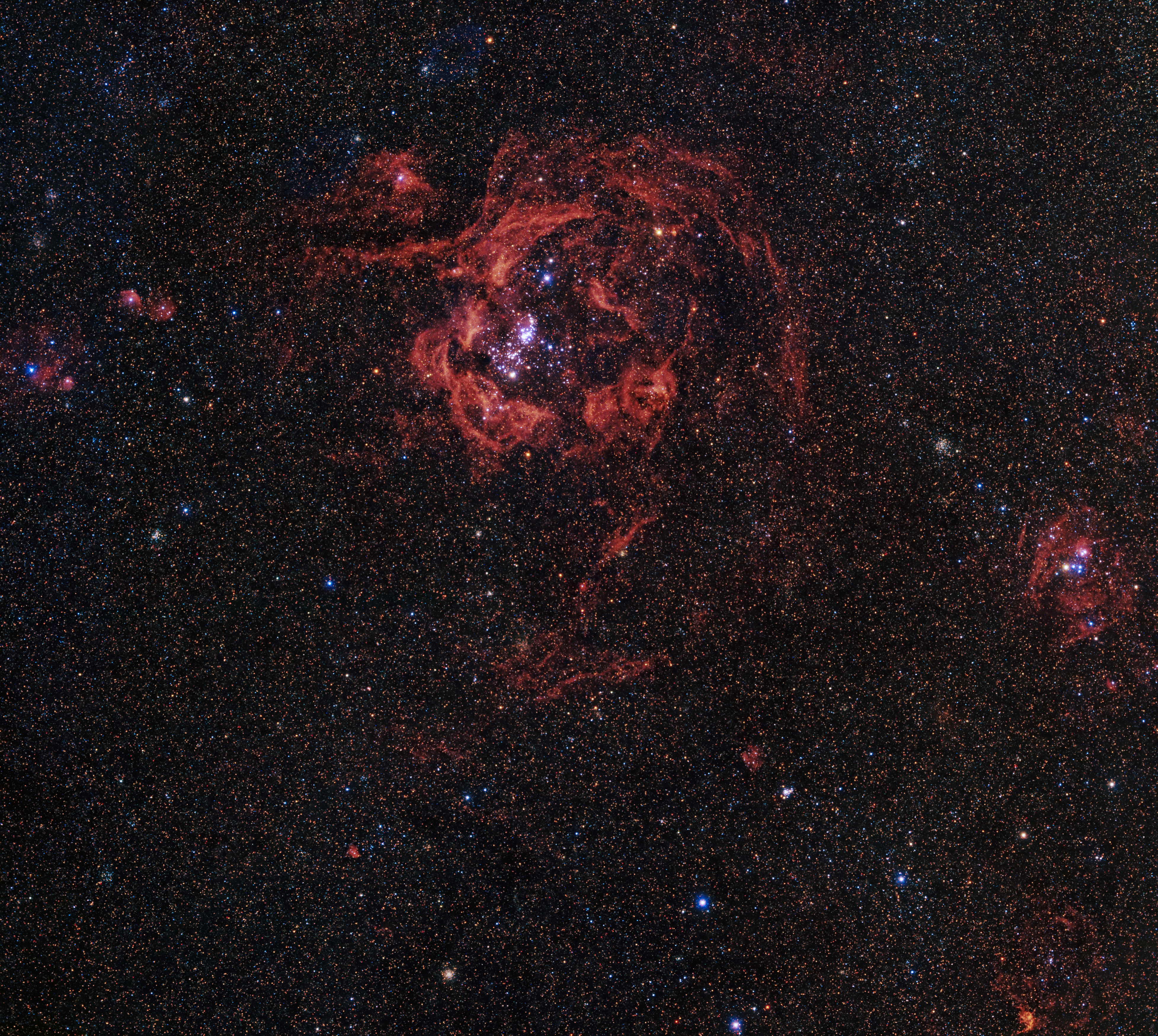
Hubble Zooms into the Rosy Tendrils of Andromeda
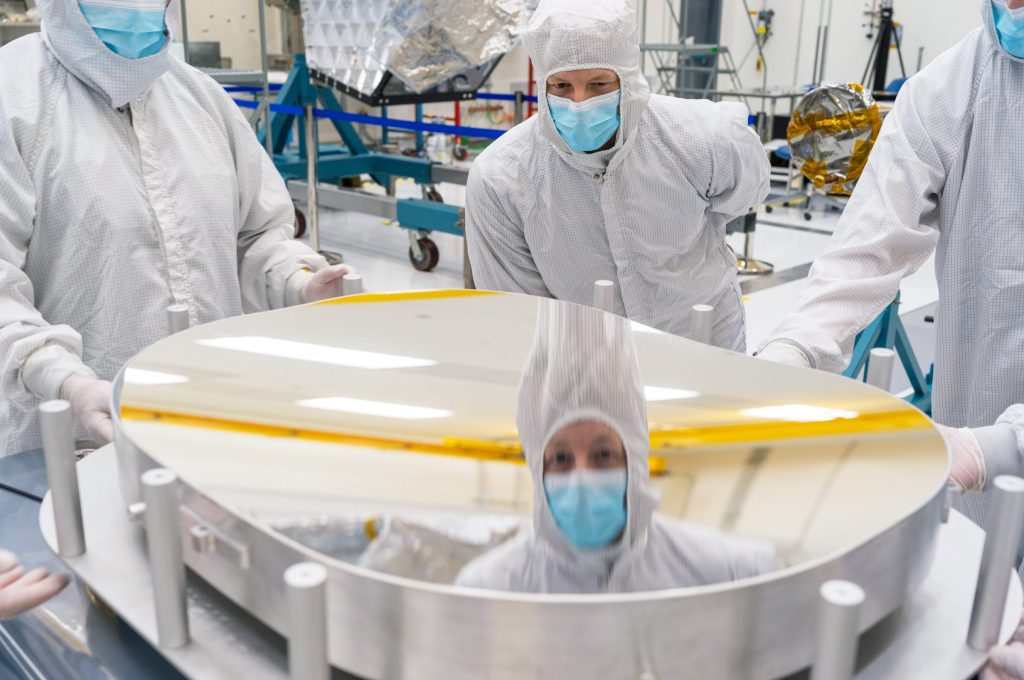
Work Is Under Way on NASA’s Next-Generation Asteroid Hunter

NASA’s Roman Space Telescope to Investigate Galactic Fossils
- Search All NASA Missions
- A to Z List of Missions
- Upcoming Launches and Landings
- Spaceships and Rockets
- Communicating with Missions
- James Webb Space Telescope
- Hubble Space Telescope
- Why Go to Space
- Commercial Space
- Destinations
- Living in Space
- Explore Earth Science
- Earth, Our Planet
- Earth Science in Action
- Earth Multimedia
- Earth Science Researchers
- Pluto & Dwarf Planets
- Asteroids, Comets & Meteors
- The Kuiper Belt
- The Oort Cloud
- Skywatching
- The Search for Life in the Universe
- Black Holes
- The Big Bang
- Dark Energy & Dark Matter
- Earth Science
- Planetary Science
- Astrophysics & Space Science
- The Sun & Heliophysics
- Biological & Physical Sciences
- Lunar Science
- Citizen Science
- Astromaterials
- Aeronautics Research
- Human Space Travel Research
- Science in the Air
- NASA Aircraft
- Flight Innovation
- Supersonic Flight
- Air Traffic Solutions
- Green Aviation Tech
- Drones & You
- Technology Transfer & Spinoffs
- Space Travel Technology
- Technology Living in Space
- Manufacturing and Materials
- Science Instruments
- For Kids and Students
- For Educators
- For Colleges and Universities
- For Professionals
- Science for Everyone
- Requests for Exhibits, Artifacts, or Speakers
- STEM Engagement at NASA
- NASA's Impacts
- Centers and Facilities
- Directorates
- Organizations
- People of NASA
- Internships
- Our History
- Doing Business with NASA
- Get Involved
NASA en Español
- Aeronáutica
- Ciencias Terrestres
- Sistema Solar
- All NASA News
- Video Series on NASA+
- Newsletters
- Social Media
- Media Resources
- Upcoming Launches & Landings
- Virtual Guest Program
- Image of the Day
- Sounds and Ringtones
- Interactives
- STEM Multimedia
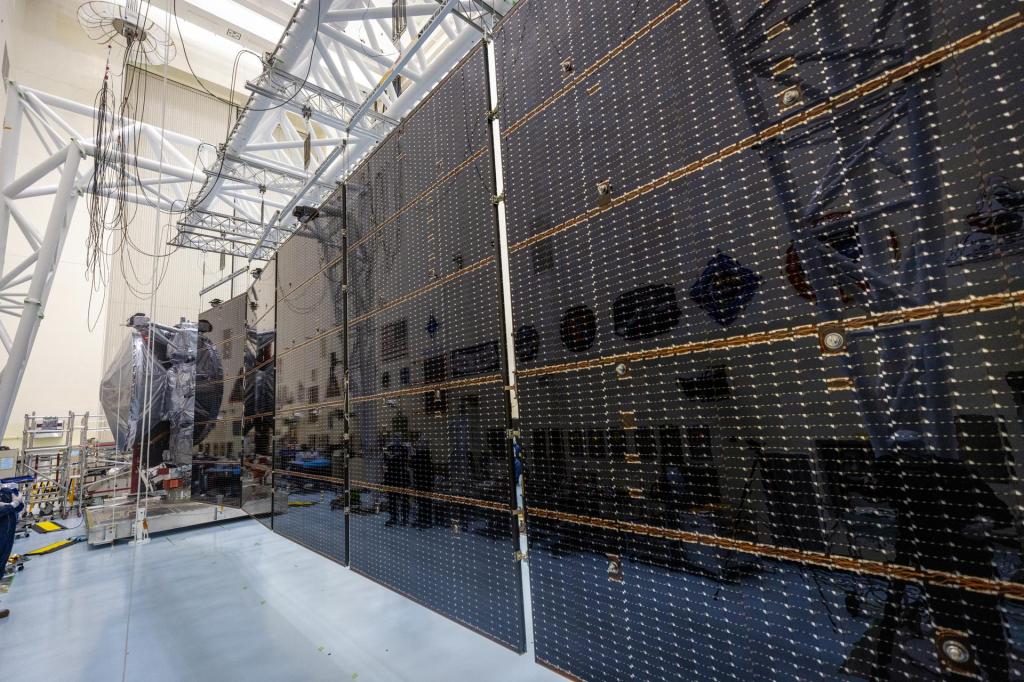
NASA’s Europa Clipper Gets Set of Super-Size Solar Arrays

FAQ: NASA’s Boeing Crew Flight Test Return Status

NASA, Boeing Optimizing Vehicle Assembly Building High Bay for Future SLS Stage Production

NASA Seeks Input for Astrobee Free-flying Space Robots

NASA Funds Studies to Support Crew Performance on Long-Duration Missions

NASA JPL Developing Underwater Robots to Venture Deep Below Polar Ice
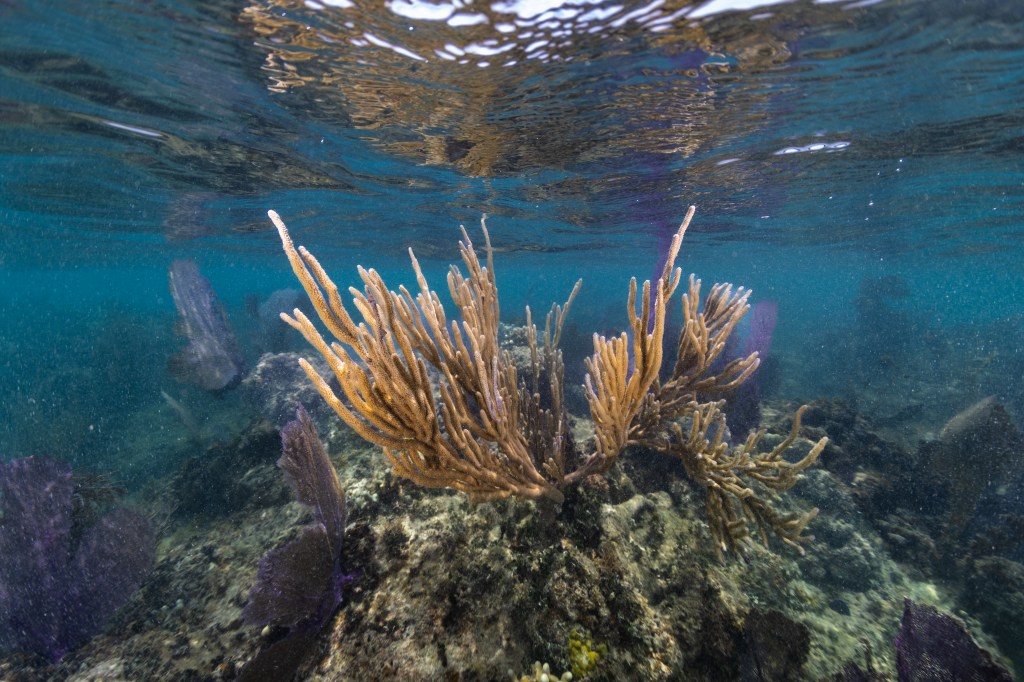
NASA Project in Puerto Rico Trains Students in Marine Biology
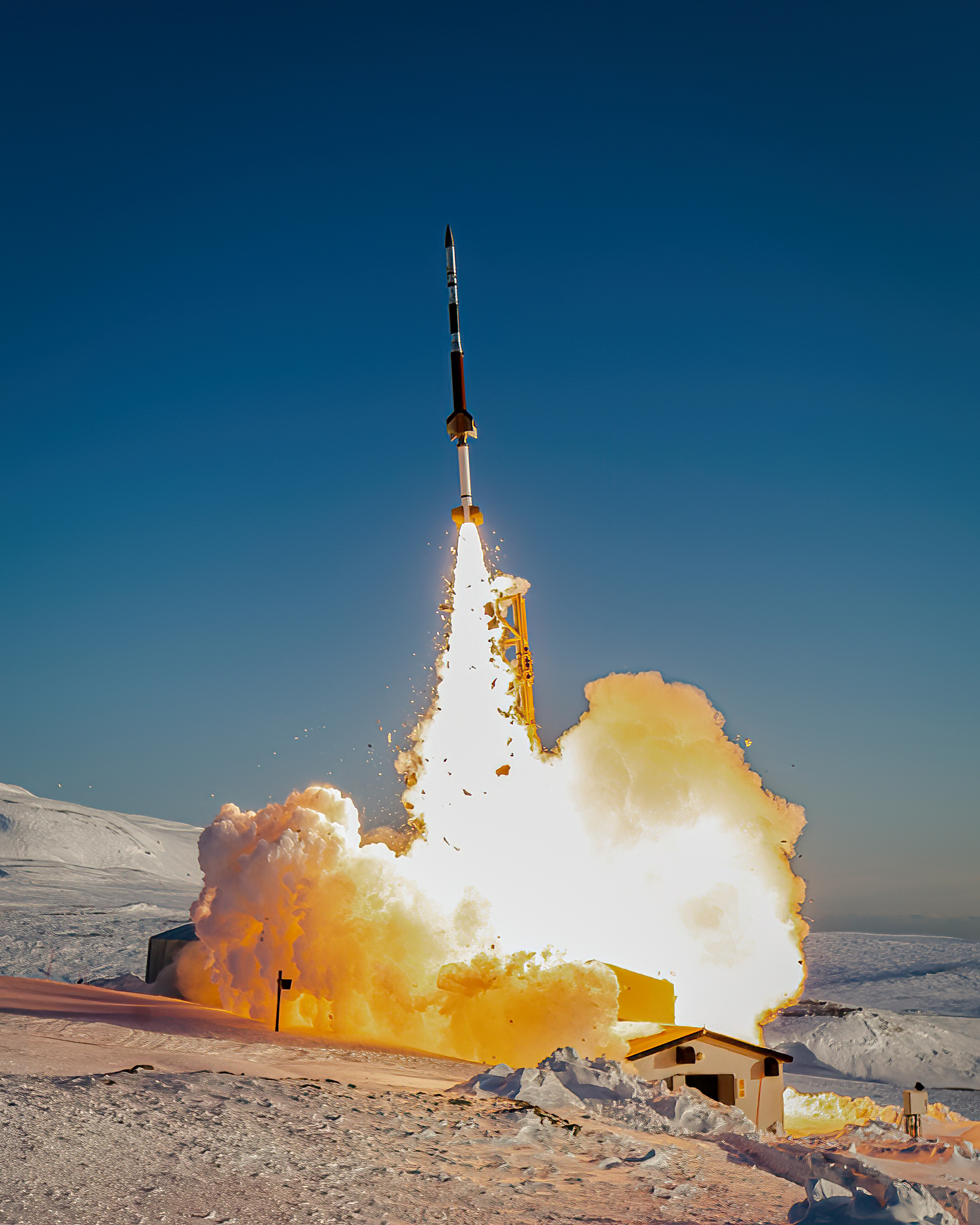
NASA Discovers a Long-Sought Global Electric Field on Earth
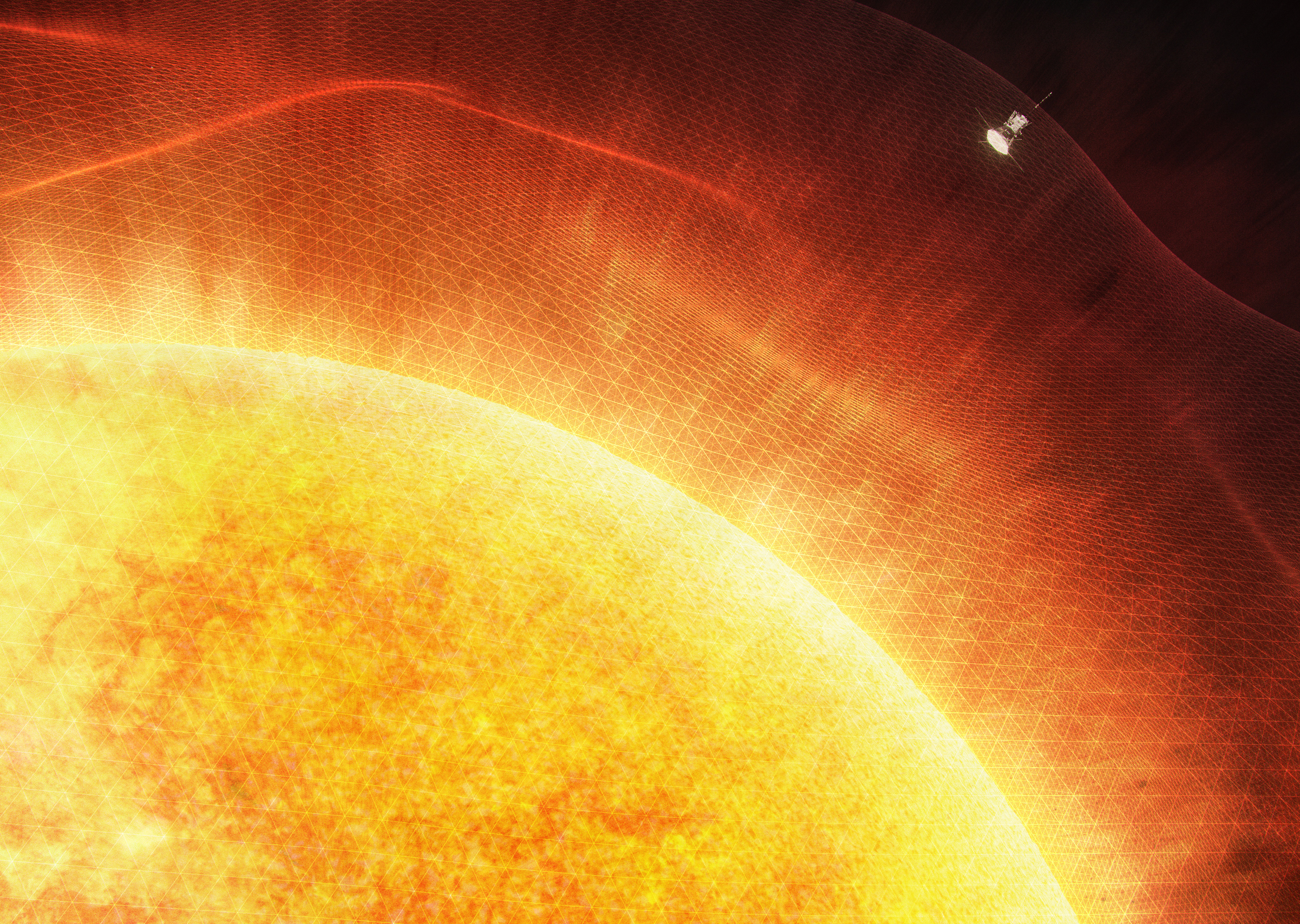
NASA, ESA Missions Help Scientists Uncover How Solar Wind Gets Energy
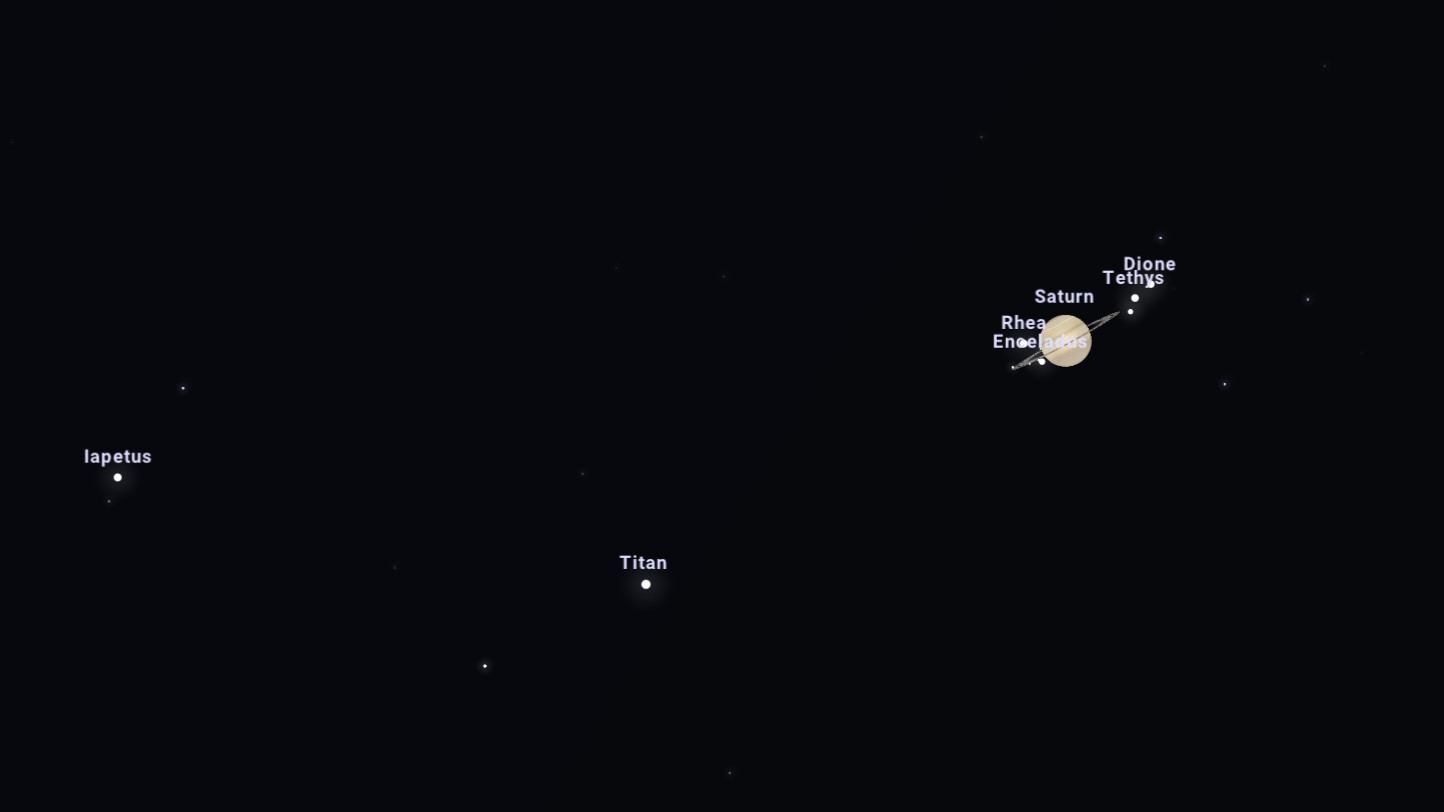
September’s Night Sky Notes: Marvelous Moons

Amendment 45: New Opportunity: A.60 Ecological Conservation

NASA G-IV Plane Will Carry Next-Generation Science Instrument
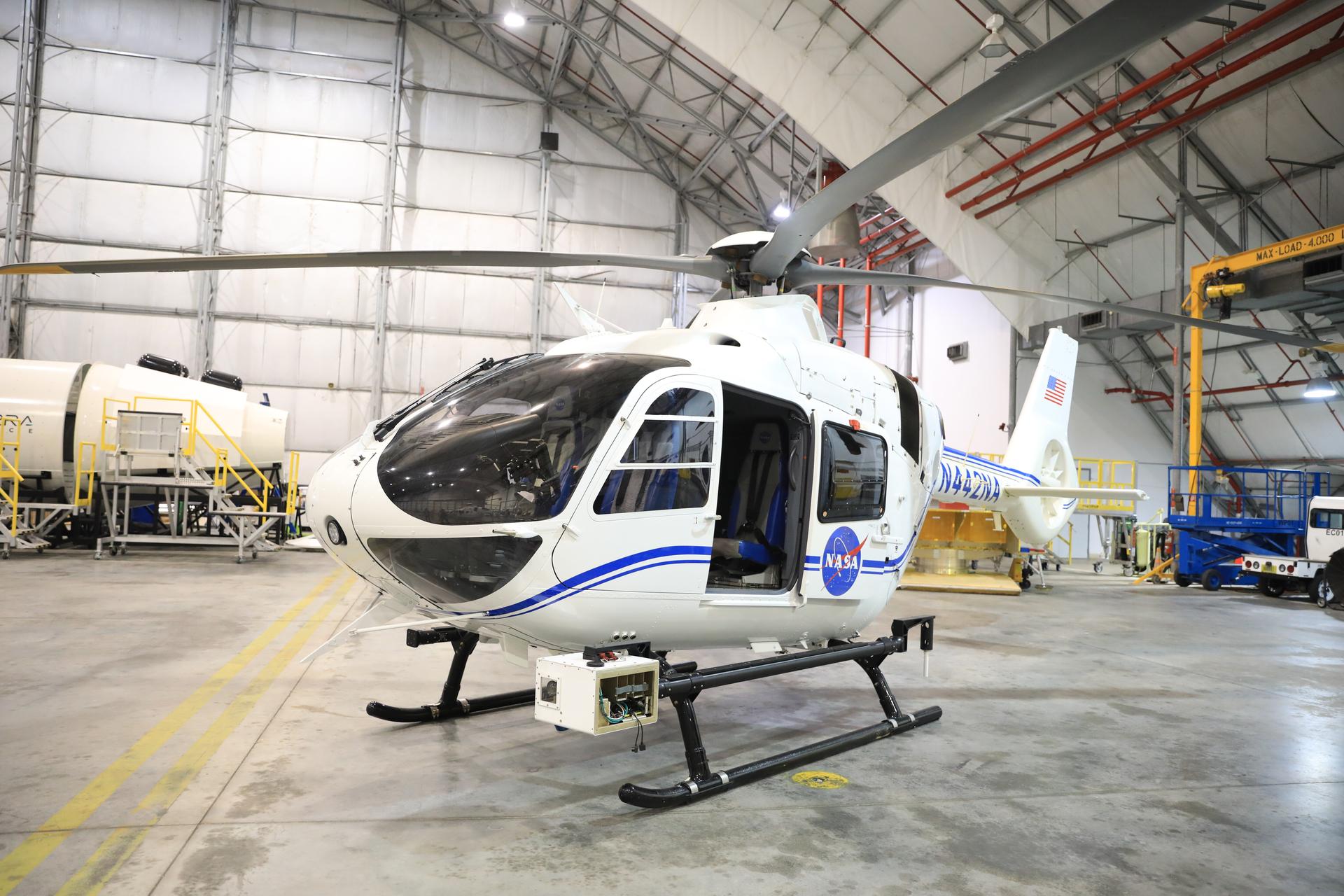
NASA Develops Pod to Help Autonomous Aircraft Operators
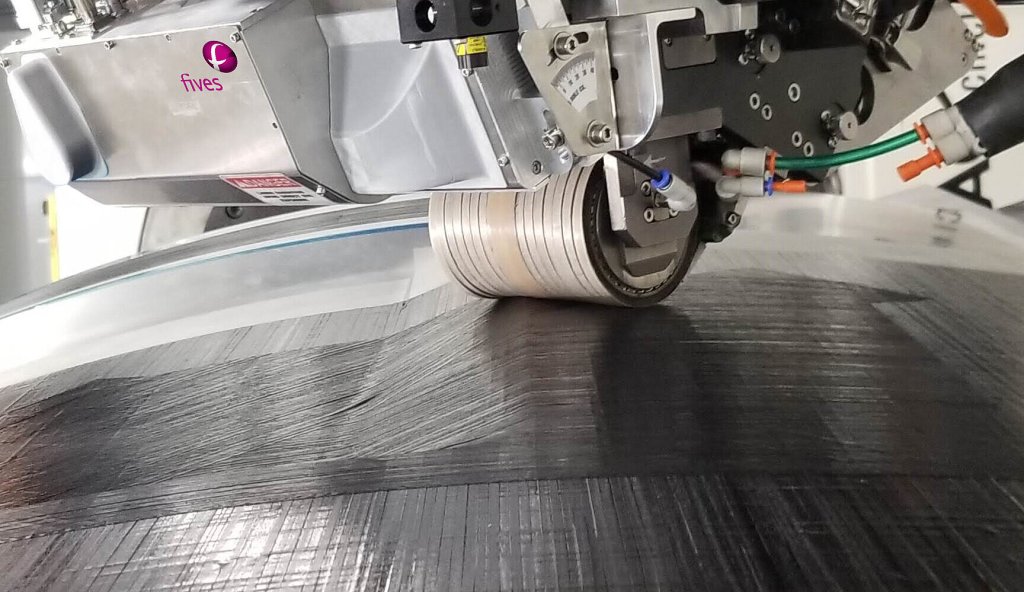
NASA Composite Manufacturing Initiative Gains Two New Members
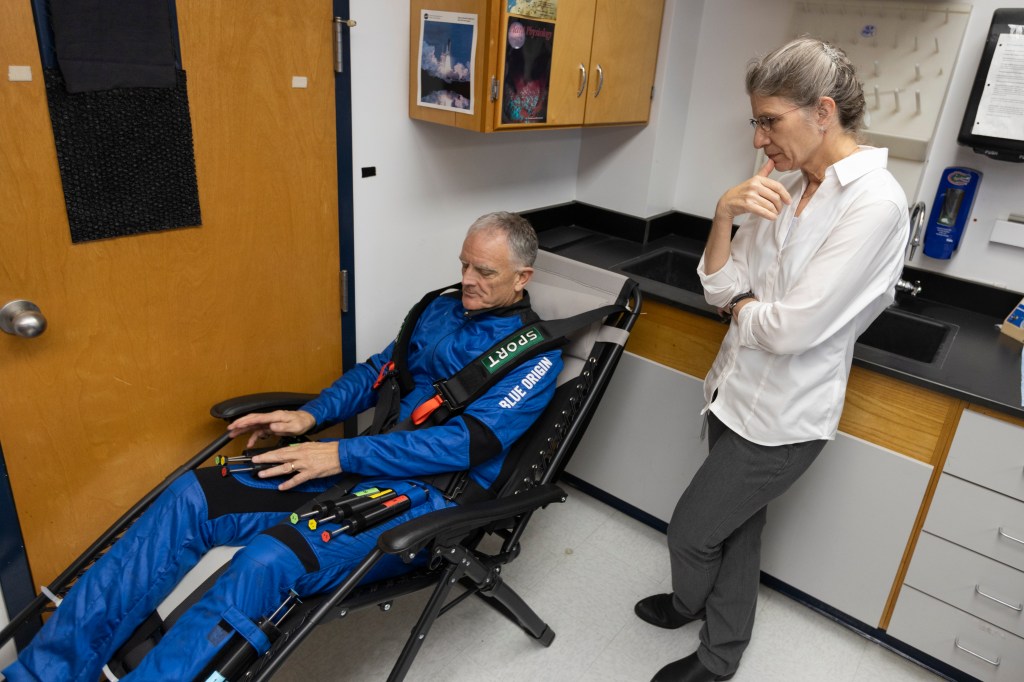
First NASA-Supported Researcher to Fly on Suborbital Rocket

How Do I Navigate NASA Learning Resources and Opportunities?
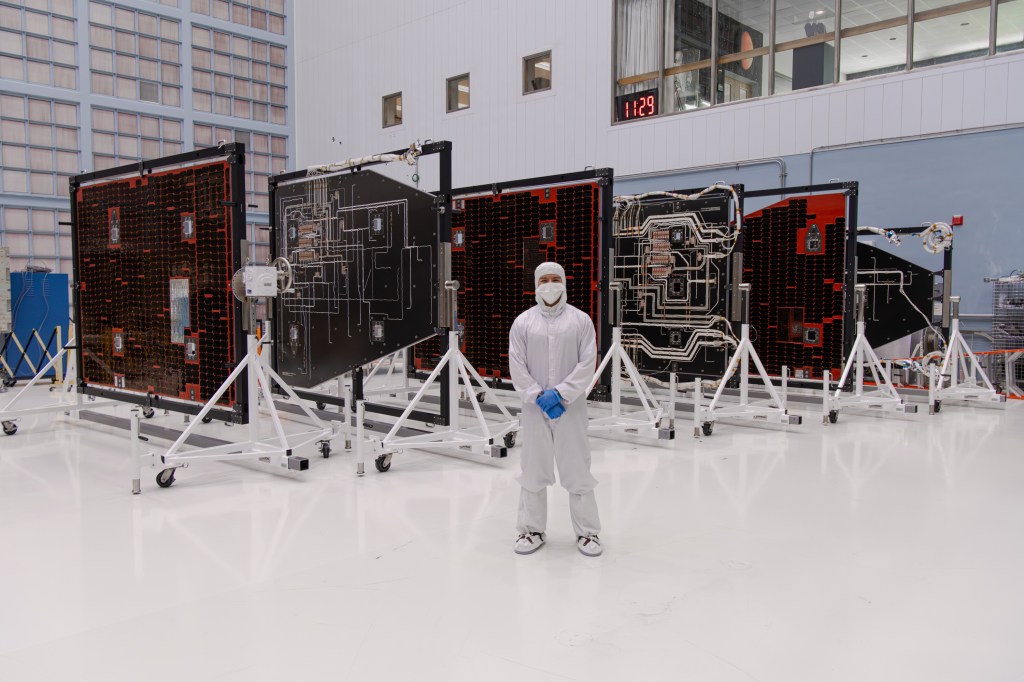
Aaron Vigil Helps Give SASS to Roman Space Telescope
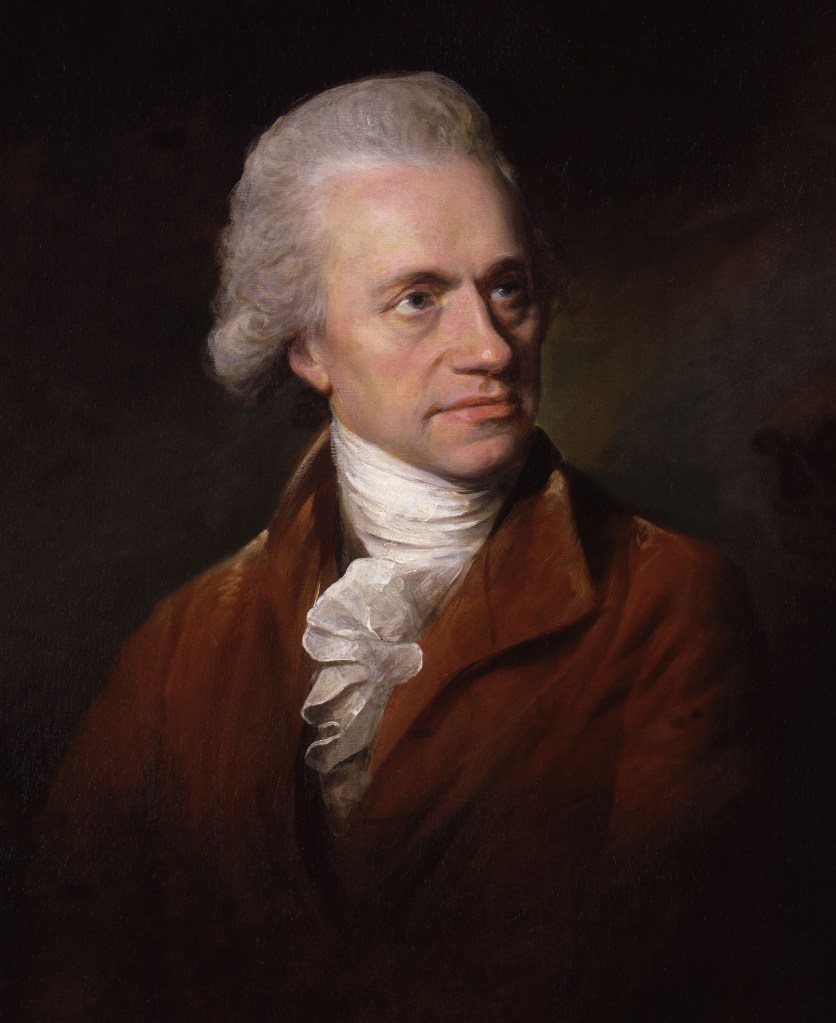
235 Years Ago: Herschel Discovers Saturn’s Moon Enceladus
Preguntas frecuentes: estado del retorno de la prueba de vuelo tripulado boeing de la nasa.

Astronauta de la NASA Frank Rubio

Diez maneras en que los estudiantes pueden prepararse para ser astronautas
30 years ago: voyager 2 explores neptune, johnson space center.
In the summer of 1989, NASA’s Voyager 2 became the first spacecraft to fly by Neptune, its final planetary encounter. Managed by the Jet Propulsion Laboratory in Pasadena, California, Voyagers 1 and 2 were a pair of spacecraft launched in 1977 to explore the outer planets. Initially targeted only to visit Jupiter and Saturn, Voyager 2 took advantage of a rare planetary alignment that occurs once every 175 years to complete two additional encounters in the outer solar system. In January 1986, Voyager 2 became the first spacecraft to investigate Uranus and used that planet’s gravity to alter its trajectory to explore Neptune, the outermost planet of the solar system. Because of Neptune’s great distance from the Sun, engineers made changes to Voyager’s imaging techniques to accommodate light levels only 3% of what they were during the Jupiter encounter. Short exposures were on the order of 15 seconds while longer ones were measured in minutes. Image motion compensation techniques were programmed into Voyager’s computer to maintain clear photographs at those long exposures coupled with the spacecraft’s velocity. NASA also upgraded the tracking antennas of the Deep Space Network to increase their sensitivity to receive Voyager’s signals from Neptune’s distance. Because of its remoteness, relatively little was known about Neptune prior to the Voyager encounter. It had two known moons, the larger Triton orbiting relatively close to the planet but in a retrograde direction, indicating it might have been captured by Neptune, and tiny Nereid in a far-flung but posigrade orbit. Observations from Earth seemed to indicate that Neptune was encircled by dark rings or ring arcs, but the evidence was inconclusive.
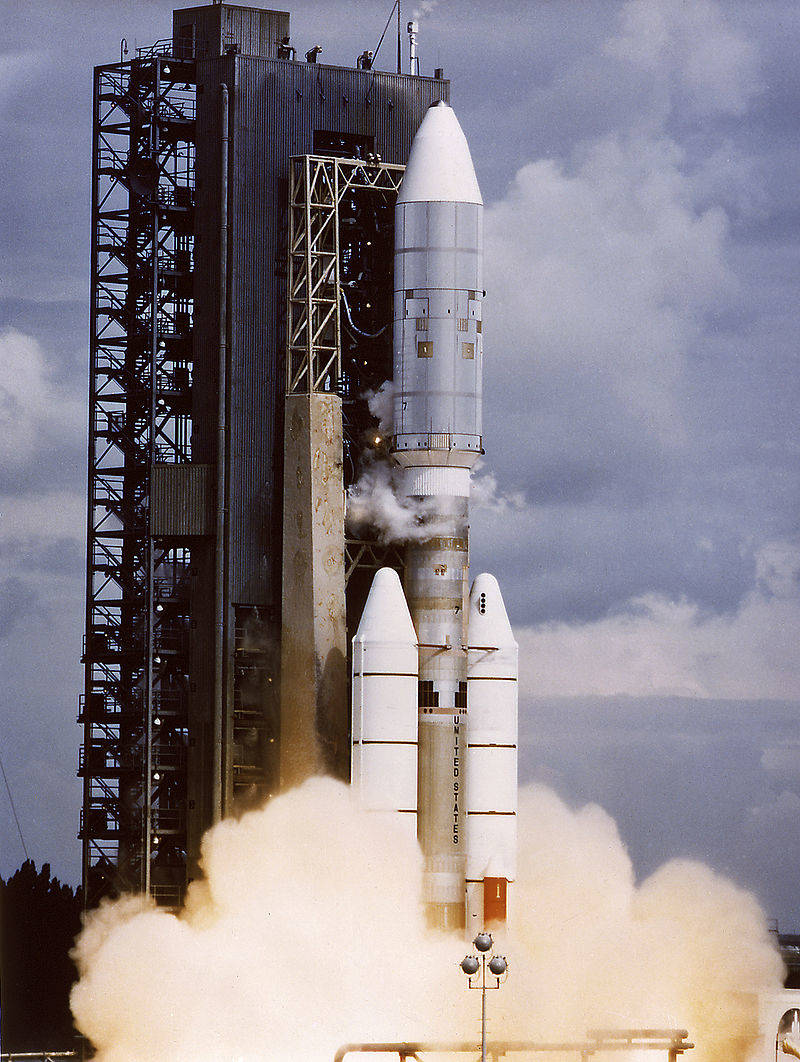
Each Voyager carried a suite of 11 instruments, including:
- an imaging science system consisting of narrow-angle and wide-angle cameras to photograph the planet and its satellites;
- a radio science system to determine the planet’s physical properties;
- an infrared interferometer spectrometer to investigate local and global energy balance and atmospheric composition;
- an ultraviolet spectrometer to measure atmospheric properties;
- a magnetometer to analyze the planet’s magnetic field and interaction with the solar wind;
- a plasma spectrometer to investigate microscopic properties of plasma ions;
- a low energy charged particle device to measure fluxes and distributions of ions;
- a cosmic ray detection system to determine the origin and behavior of cosmic radiation;
- a planetary radio astronomy investigation to study radio emissions from Jupiter;
- a photopolarimeter to measure the planet’s surface composition; and
- a plasma wave system to study the planet’s magnetosphere.
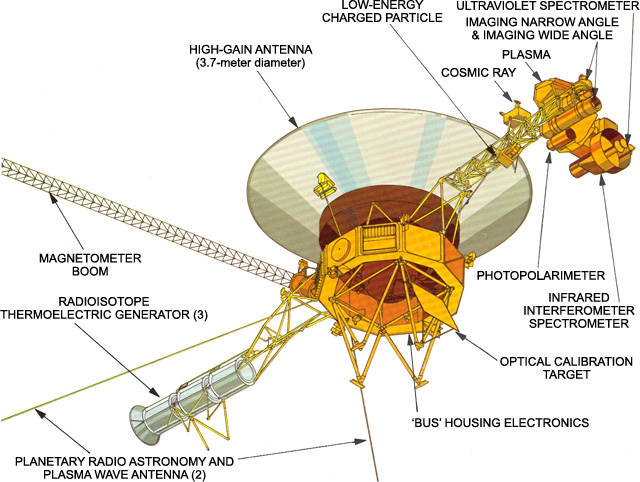
Voyager 2 began to observe Neptune on June 5, 1989, at a distance of 73 million miles. Even at this range, Voyager’s images were already four times better than those obtained by Earth-based telescopes. It soon made the first of its many discoveries of the encounter: the moon later named Proteus orbiting about 73,000 miles from Neptune, and with a diameter of 260 miles actually larger than the known moon Nereid – it is not clear how it had escaped detection by Earth-based telescopes. By early August, Voyager 2 had discovered three more small moons (Despina, Galatea, and Larissa) orbiting closer to the planet than Proteus. Larissa had been spotted in 1981 but Voyager 2 confirmed its existence. The photographs of Neptune revealed a dynamic atmosphere including an Earth-sized storm system named the Great Dark Spot and wind speeds reaching up to 1,000 miles per hour. Voyager returned the first images of Neptune’s rings which turned out to be a system of five rings composed mostly of dark dust and discovered two more small moons (Thalassa and Naiad). Like at Saturn and Uranus, the rings and four of the moons at Neptune form an intricate interrelated system. The spacecraft also imaged Neptune’s previously discovered moon Nereid at low resolution from about 3 million miles away. Voyager discovered that Neptune’s magnetic field was not only tilted 47o from the planet’s axis but also significantly offset from the planet’s center.
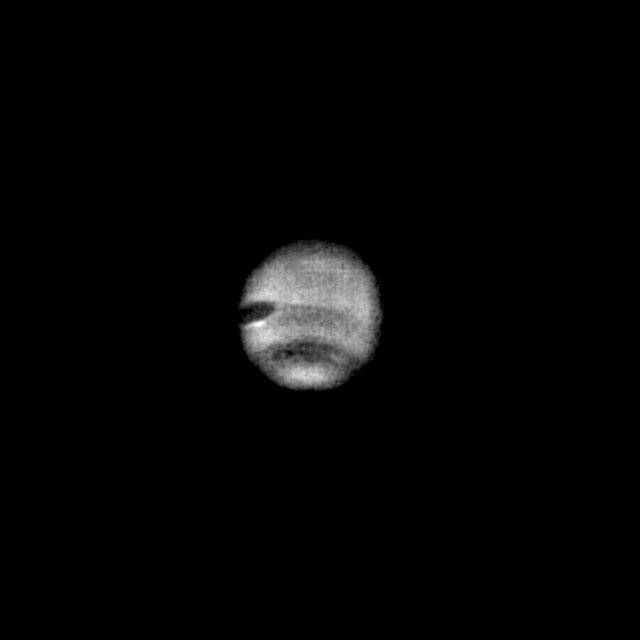
On Aug. 25, passing about 3,408 miles above Neptune’s north pole, Voyager 2 made its closest approach to any planet since leaving Earth in 1977. This close encounter trajectory allowed Voyager 2 to pass about 25,000 miles from Triton about five hours later. Triton was the last solid body the spacecraft explored and the encounter did not disappoint with several amazing discoveries. With relatively few impact craters, Triton’s surface is believed to be young, having been remodeled by melting. Despite Triton’s frigid -392o F surface temperature, Voyager’s images revealed evidence of geysers spewing dark material into the moon’s tenuous atmosphere that deposited back onto the surface. Voyager passed behind both Neptune and Triton, with instruments returning data about their atmospheres. The spacecraft also returned spectacular images of the two bodies backlit by the Sun. On its outbound journey, Voyager 2 continued to study Neptune until Oct. 2, 1989. In all, it had returned more than 9,000 images of the planet, its rings and its moons as well as a treasure trove of scientific information, tremendously increasing our knowledge of the most distant planet in the solar system.
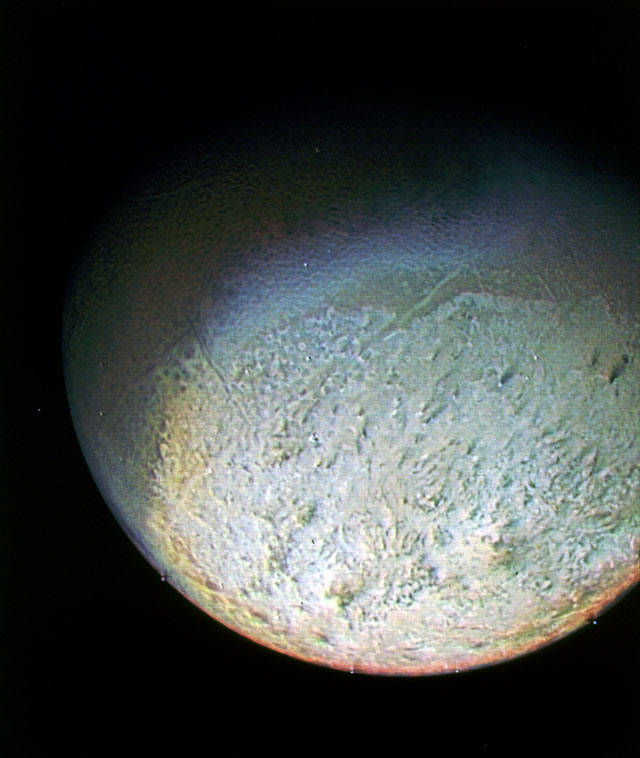
Following its reconnaissance of Neptune, Voyager 2 began its Interstellar Mission extension that continues to this day. Over the years, several of the spacecraft’s instruments have been turned off to conserve power, beginning with the imaging system in 1989, but it continues to return data about cosmic rays and the solar wind. On Nov. 5, 2018, six years after its twin, Voyager 2 crossed the heliopause, the boundary between the heliosphere, the bubble-like region of space created by the Sun, and the interstellar medium. It is expected that Voyager 2 will continue to return data from interstellar space until about 2025. And just in case it may one day be found by an alien intelligence, Voyager 2 like its twin carries a gold plated record that contains information about its home planet, including recordings of terrestrial sounds, music and greetings in 55 languages. Instructions on how to play the record are also included.
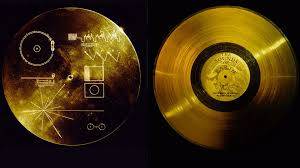

IMAGES
VIDEO
COMMENTS
This picture of Neptune was produced from the last whole planet images taken through the green and orange filters on the Voyager 2 narrow angle camera. The images were taken at a range of 4.4 million miles from the planet, 4 days and 20 hours before closest approach.
On Aug. 25, 1989, NASA's Voyager 2 spacecraft took the first-ever close-up images of Neptune. This one — among the last full-disk photos taken before the probe ended its "Grand Tour" of the ...
NASA's Voyager 2 has shared 7 stunning Neptune photos, highlighting its vibrant clouds, the Great Dark Spot, and its moons, revealing the planet's breathtaking beauty.
On their journeys through the solar system, the Voyager spacecraft beamed startling images back to Earth—of Jupiter and Saturn, then Uranus and Neptune and their moons.Voyager 1's most famous ...
This image was taken by NASA Voyager 2 early in the morning, which shows a false color image of Triton, Neptune largest satellite. This view of the crescents of Neptune and Triton was captured by Voyager 2 approximately in 3 days, 6 and one-half hours. This is computer generated montage created from ...
Discovery Triton was discovered on Oct. 10, 1846 by British astronomer William Lassell, just 17 days after Neptune itself was discovered. Overview Triton is the largest of Neptune's 13 moons. It is unusual because it is the only large moon in our solar system that orbits in the opposite direction of its planet's rotation―a retrograde […]
Voyager 2 showed that Neptune was a lot like Jupiter and Saturn, just with a blue-hue owing to the presence of methane. ... These images were taken 1 hour and 27 minutes apart, using the clear ...
SOPA Images/LightRocket via Getty Images. ... (1989) Voyager 2's Encounter with Neptune: NASA's Voyager 2 spacecraft made its closest approach to Neptune on August 25, 1989. This was the first and ...
Voyager at Neptune. In the summer of 1989, NASA's Voyager 2 became the first spacecraft to observe the planet Neptune up close, its final planetary target. ... This false color photograph of Neptune was made from NASA's Voyager 2 images taken through three filters: blue, green, and...
Images Voyager Took. The Voyager 1 and 2 spacecraft explored Jupiter, Saturn, Uranus and Neptune before starting their journey toward interstellar space. Here you'll find some of those iconic images, including "The Pale Blue Dot" - famously described by Carl Sagan - and what are still the only up-close images of Uranus and Neptune.
This picture of Neptune was produced from the last whole planet images taken through the green and orange filters on the Voyager 2 narrow angle camera. The images were taken at a range of 4.4 million miles from the planet, 4 days and 20 hours before closest approach. The picture shows the Great Dark Spot and its companion bright smudge; on the ...
Voyager 2 took these two images of the rings of Neptune on Aug. 26, 1989, just after the probe's closest approach to the planet. Neptune's two main rings are clearly visible; two fainter rings are visible with the help of long exposure times and backlighting from the Sun.
This picture of Neptune was produced from the last whole planet images taken through the green and orange filters on the Voyager 2 narrow angle camera. The images were taken on Aug. 20, 1989, at a range of 4.4 million miles from the planet, 4 days and 20 hours before closest approach on Aug. 25. The picture shows the Great Dark Spot and its ...
Voyager 2/ISS images of Uranus and Neptune released shortly after the Voyager 2 flybys in 1986 and 1989, respectively, compared with a reprocessing of the individual filter images in this study to ...
Images Voyager Took of Neptune In the summer of 1989, NASA's Voyager 2 became the first spacecraft to observe the planet Neptune, its final planetary target. Passing about 4,950 kilometers (3,000 miles) above Neptune's north pole, Voyager 2 made its closest approach to any planet since leaving Earth 12 years ago.
Voyager 2's images of the five largest moons around Uranus revealed complex surfaces indicative of varying geologic pasts. The cameras also detected 11 previously unseen moons. ... which is 30 times farther from the Sun than Earth is. Voyager observed Neptune almost continuously from June to October 1989. Now Voyager 2 is also headed out of the ...
The Voyager 1 and 2 spacecraft explored Jupiter, Saturn, Uranus and Neptune before starting their journey toward interstellar space. Here you'll find some of those iconic images, including "The Pale Blue Dot" - famously described by Carl Sagan - and what are still the only up-close images of Uranus and Neptune.
Galleries of Images Voyager Took. The Voyager 1 and 2 spacecraft explored Jupiter, Saturn, Uranus and Neptune before starting their journey toward interstellar space. ... Passing about 4,950 kilometers (3,000 miles) above Neptune's north pole, Voyager 2 made its closest approach to any planet since leaving Earth 12 years ago. Five hours later ...
It was produced from images taken through the orange, green and violet filters of Voyager's narrow angle camera. As Voyager 2 approaches Neptune, rapidly increasing image resolution is revealing striking new details in the planet's atmosphere, and this picture shows features as small as a few hundred kilometers in extent.
Thirty years ago, NASA's Voyager 2 mission flew by Neptune, capturing the first close-up images of the blue gas giant. Before this, the eighth planet in our solar system was only known as a ...
Neptune Full Disk View. This picture of Neptune was produced from the last whole planet images taken through the green and orange filters on the Voyager 2 narrow angle camera. The images were taken at a range of 4.4 million miles from the planet, 4 days and 20 hours before closest approach. The picture shows the Great Dark Spot and its ...
Images; Neptune (Voyager 2) Read News Release View All Images. Pagination. Previous. Uranus (Voyager 2) 4 of 5. Next. Neptune (Hubble, 2018) About This Image. Release Date February 26, 2020 10:00AM (EST) ... This Voyager 2 image of Neptune shows a cold and dark wind-whipped world. In 1989, NASA's Voyager 2 became the first and only spacecraft ...
These three images of Neptune were acquired 90 minutes apart by NASA Voyager 2 spacecraft on April 3, 1989, from... During August 16 and 17, 1989, the Voyager 2 narrow-angle camera was used to photograph Neptune almost continuously, recording approximately...
Several Signs Pointing to Interstellar Space. Full Resolution: TIFF (545.3 kB) JPEG (170.9 kB) 2018-12-10. Voyager Interstellar Mission. 1920x1080x3. PIA22922: Changes in the Plasma Environment in Three Directions. Full Resolution: TIFF (1.391 MB) JPEG (134.6 kB) 2018-12-10.
Upon successful completion of Voyager 1's objectives, Voyager 2 would get a mission extension to send the probe on towards Uranus and Neptune. [15] Titan was selected due to the interest developed after the images taken by Pioneer 11 in 1979, which had indicated the atmosphere of the moon was substantial and complex.
More images of Neptune taken by Voyager 2. Neptune and its large moon Triton, via Voyager 2. Bottom line: It has been 35 years since Voyager 2 visited Neptune as part of the Voyagers' Grand Tour ...
Voyager 1 was speeding out of the solar system — beyond Neptune and about 3.7 billion miles (6 billion kilometers) from the Sun — when mission managers commanded it to look back toward home for a final time. It snapped a series of 60 images that were used to create the first "family portrait" of our solar system.
This picture of Neptune was produced from the last whole planet images taken through the green and orange filters on the Voyager 2 narrow angle camera. The images were taken on Aug. 20, 1989, at a ...
Neptune Full Disk. During August 16 and 17, 1989, the Voyager 2 narrow-angle camera was used to photograph Neptune almost continuously, recording approximately two and one-half rotations of the planet. These images represent the most complete set of full disk Neptune images that the spacecraft will acquire. This picture from the sequence shows ...
Voyager returned the first images of Neptune's rings which turned out to be a system of five rings composed mostly of dark dust and discovered two more small moons (Thalassa and Naiad). Like at Saturn and Uranus, the rings and four of the moons at Neptune form an intricate interrelated system. The spacecraft also imaged Neptune's previously ...